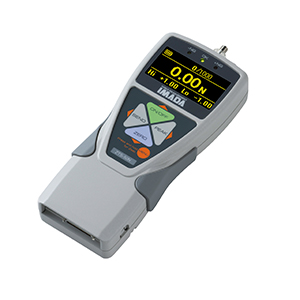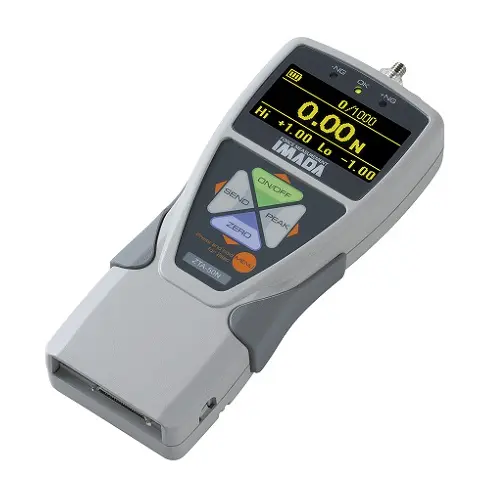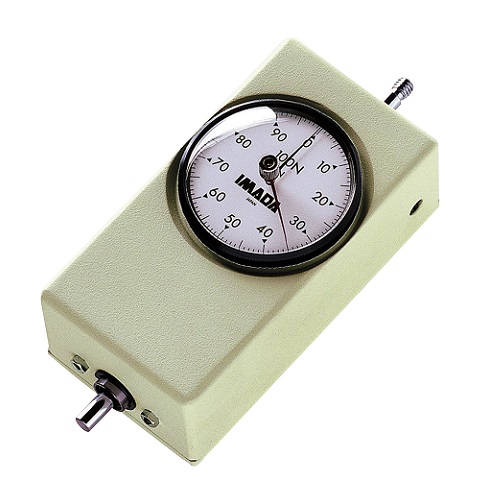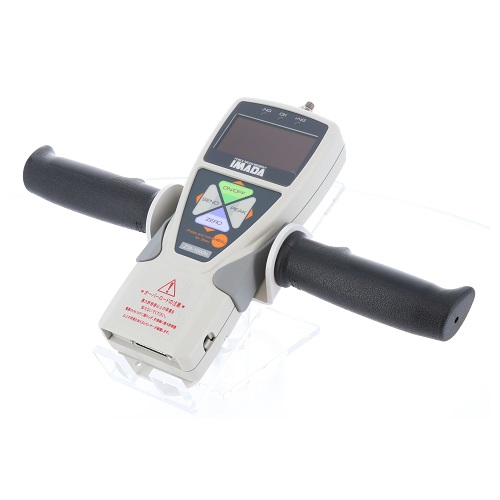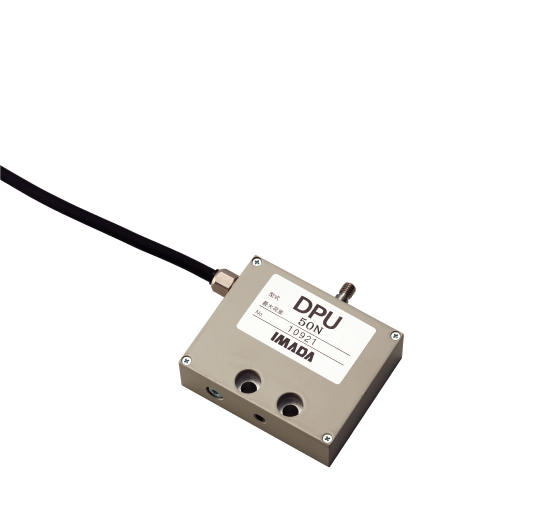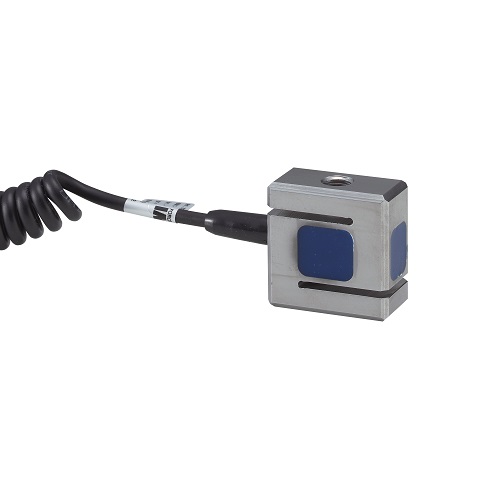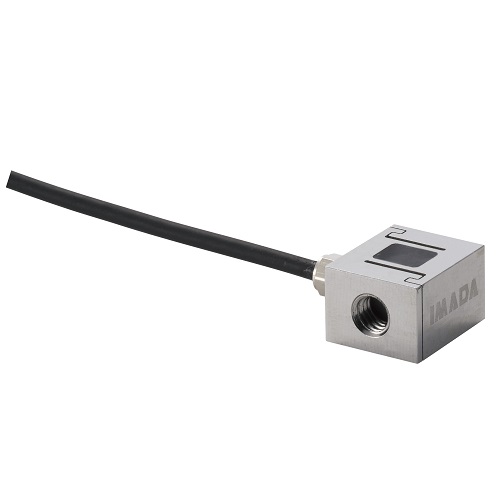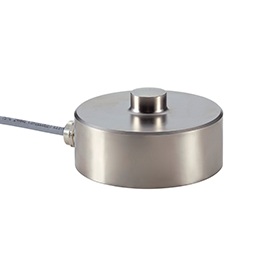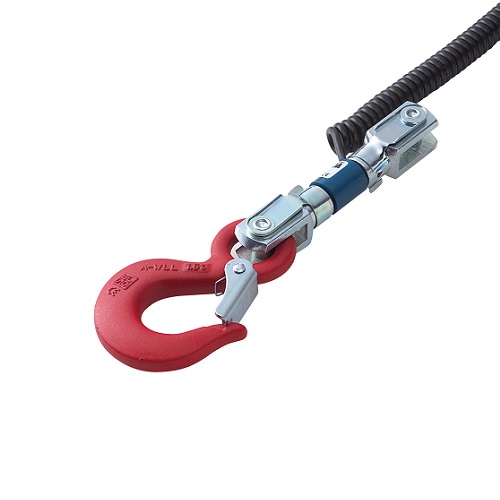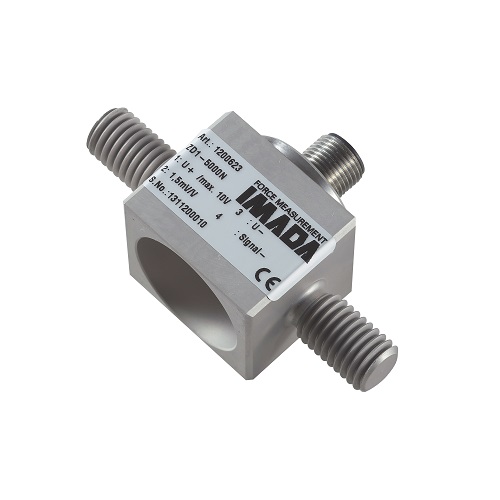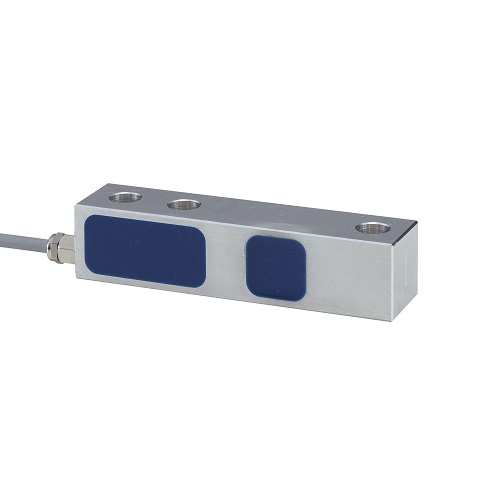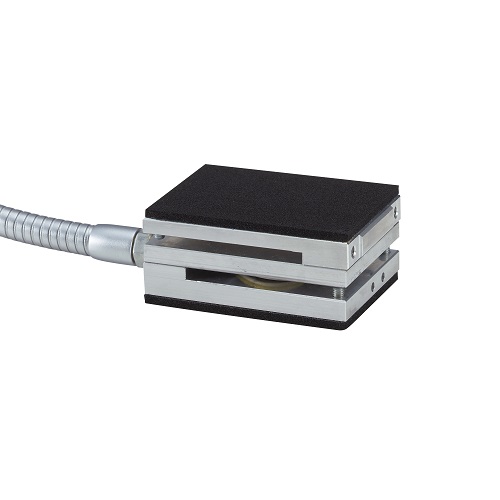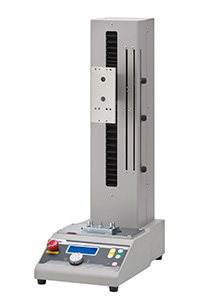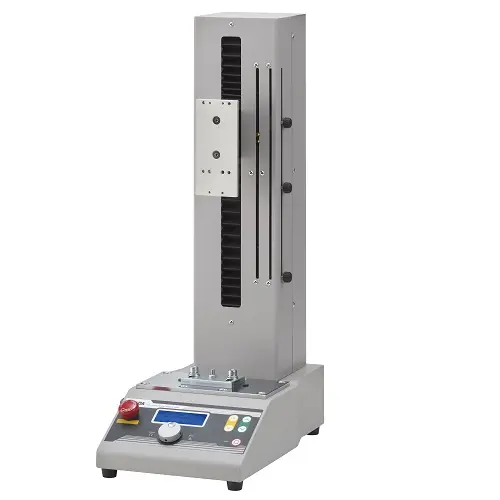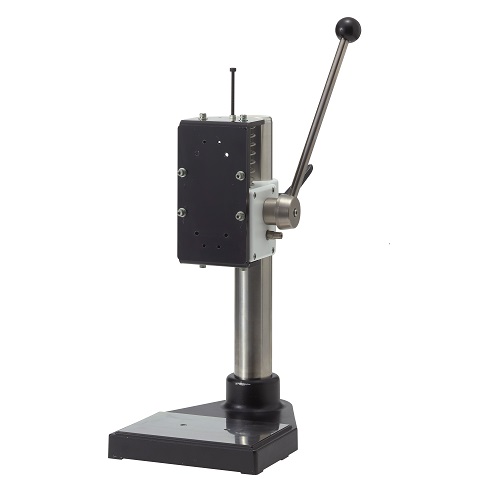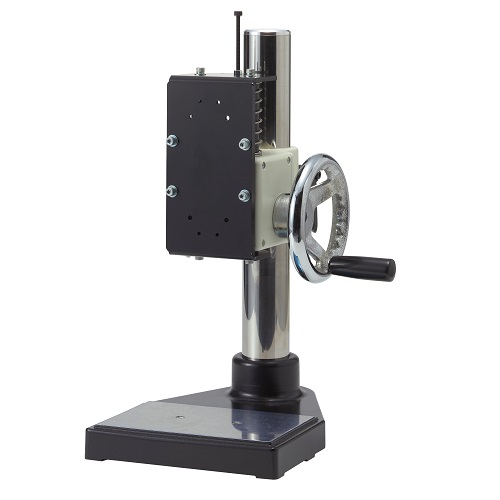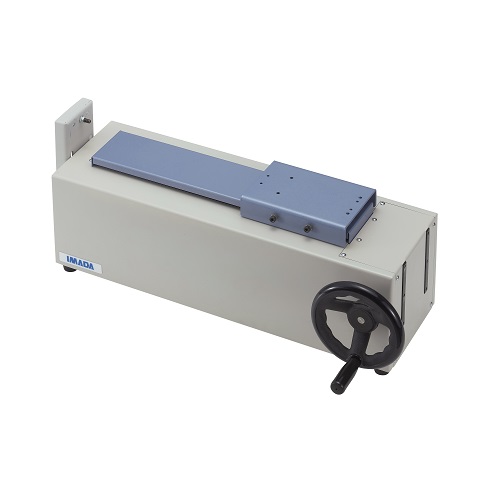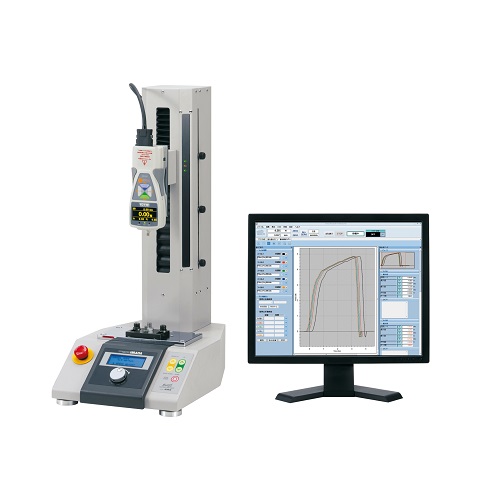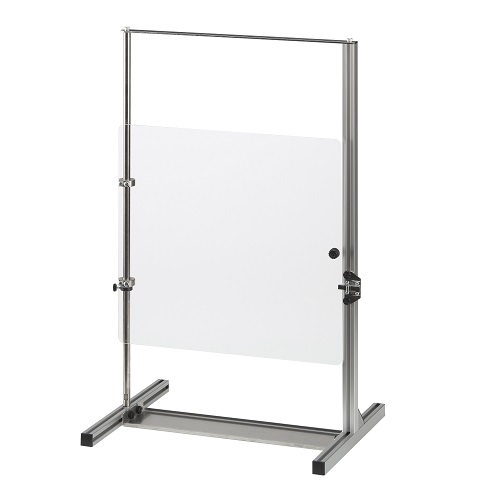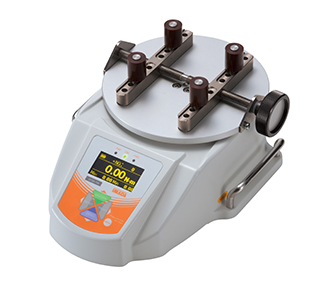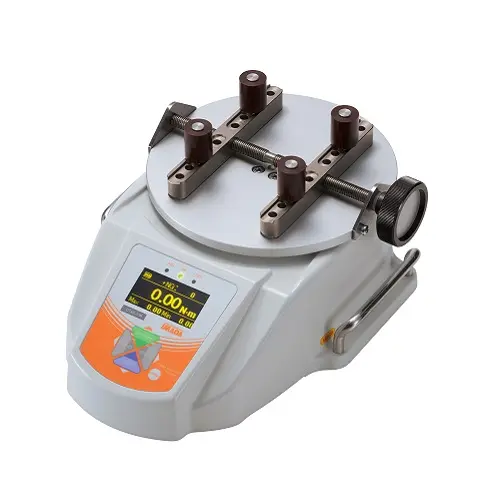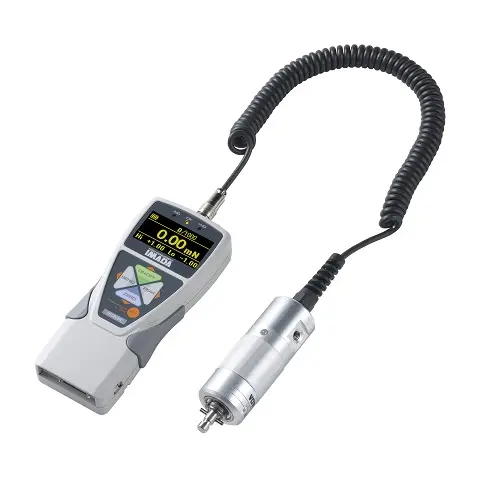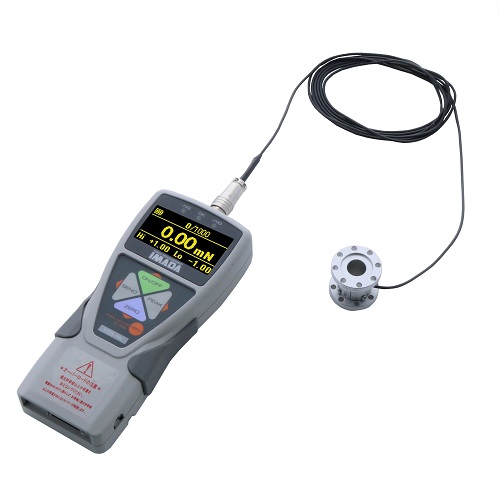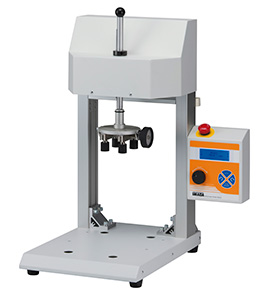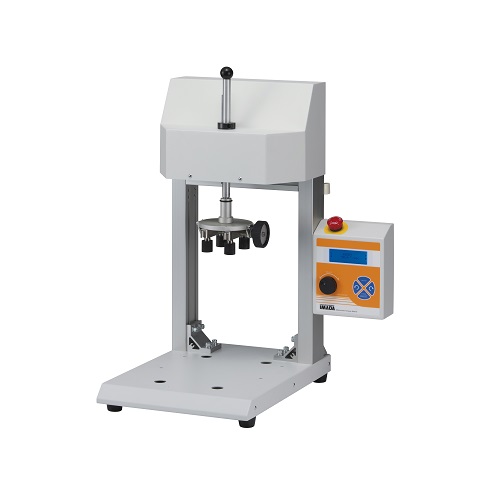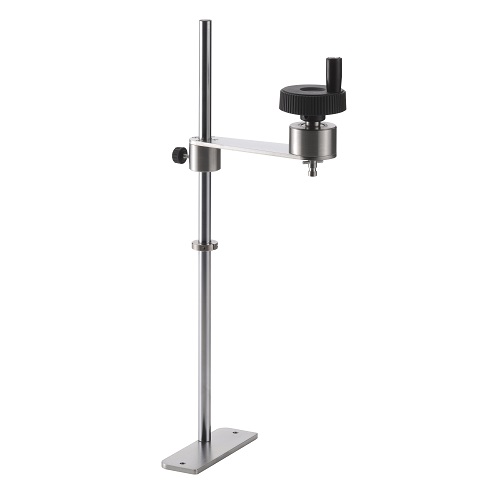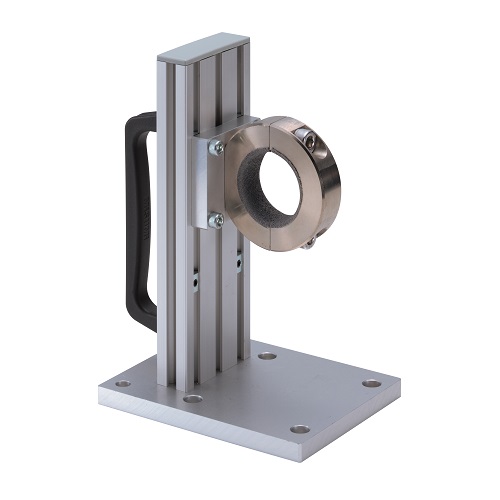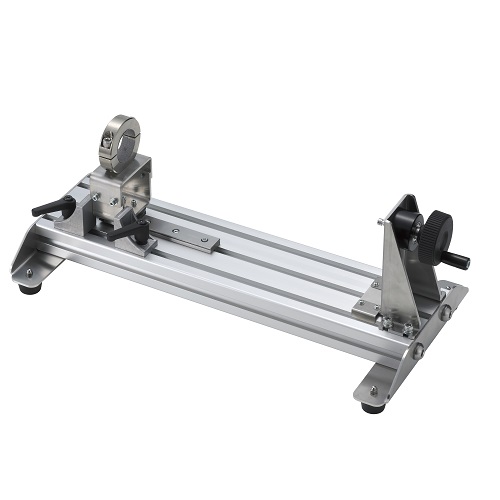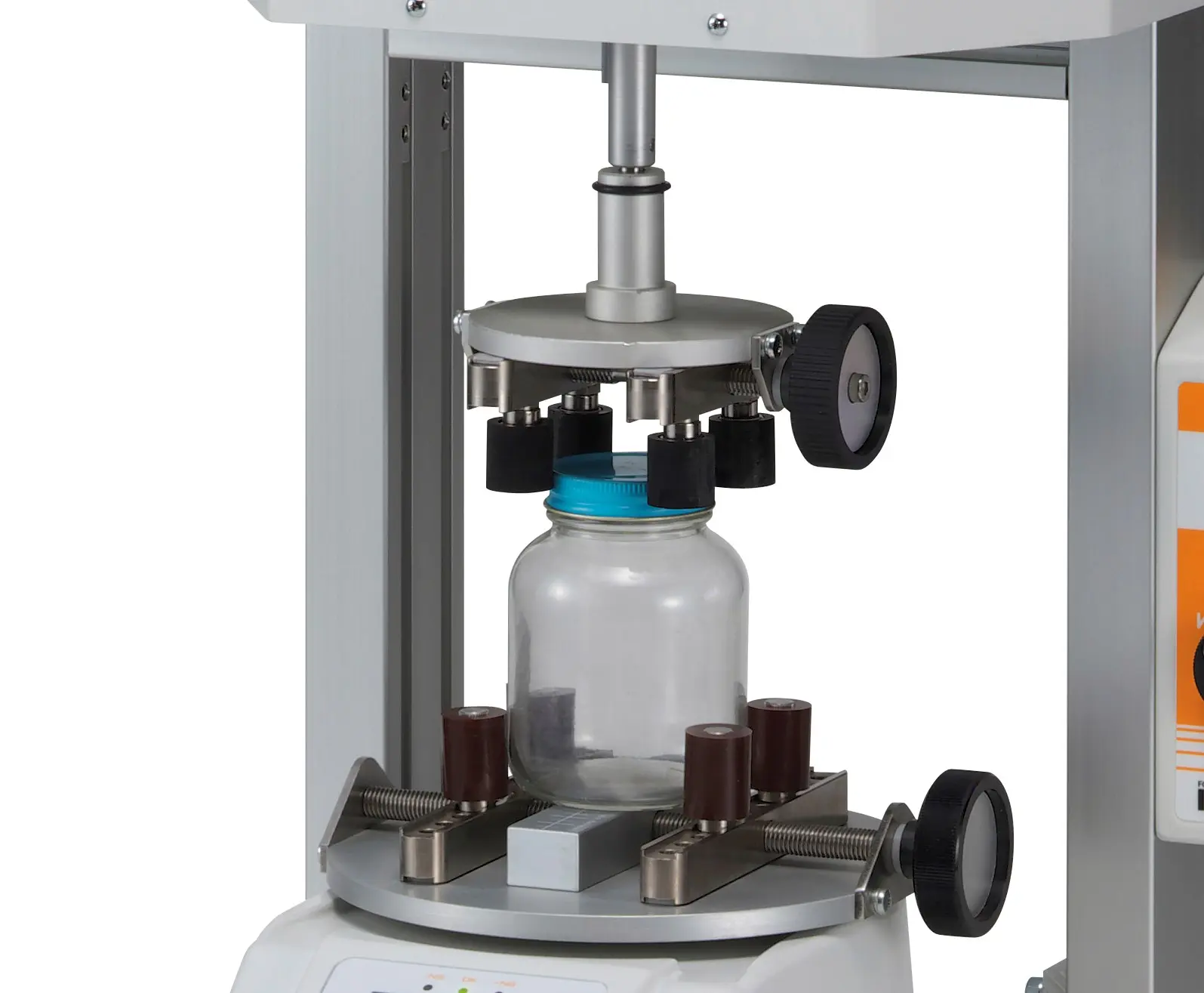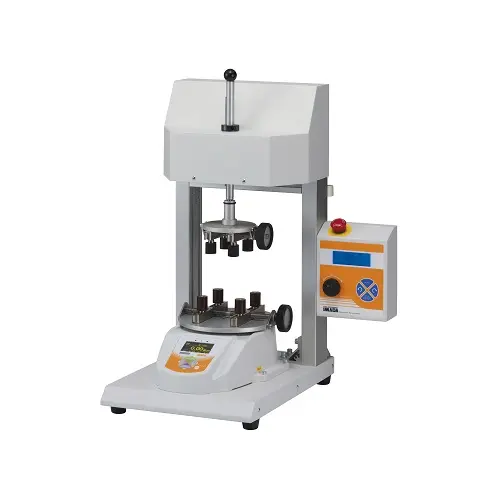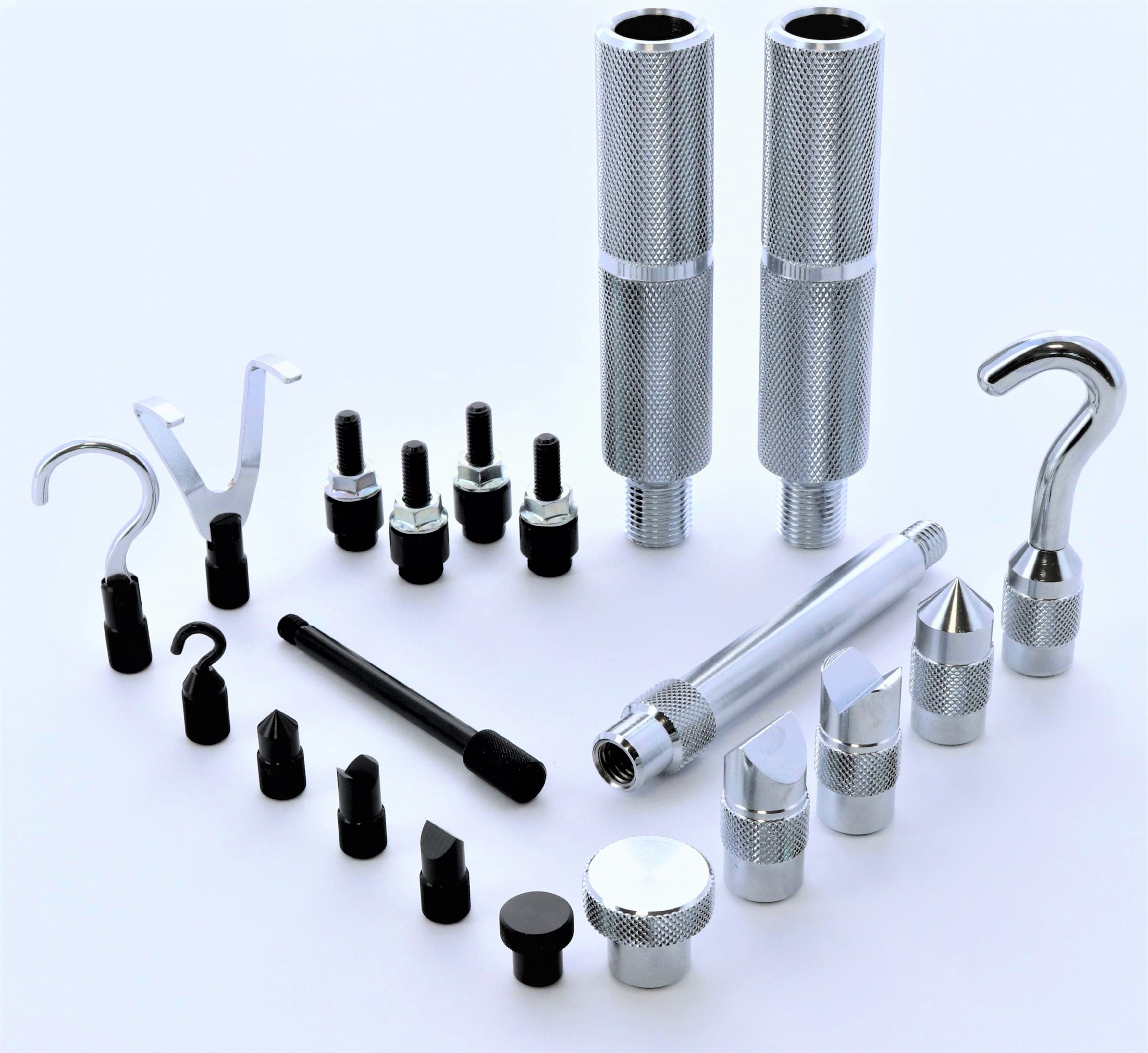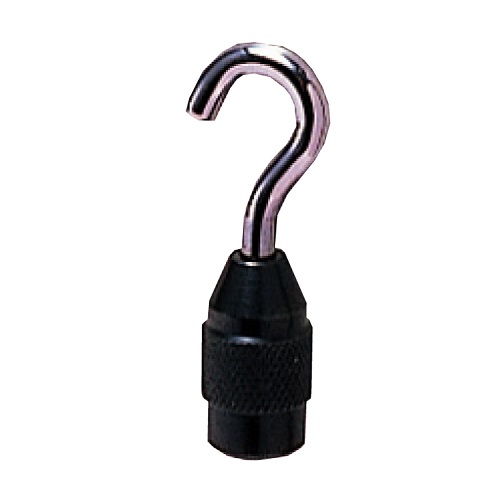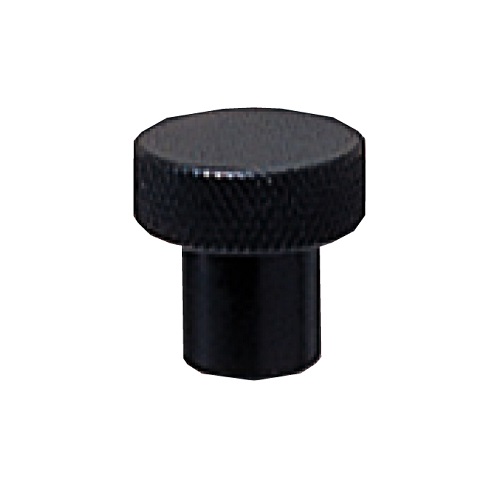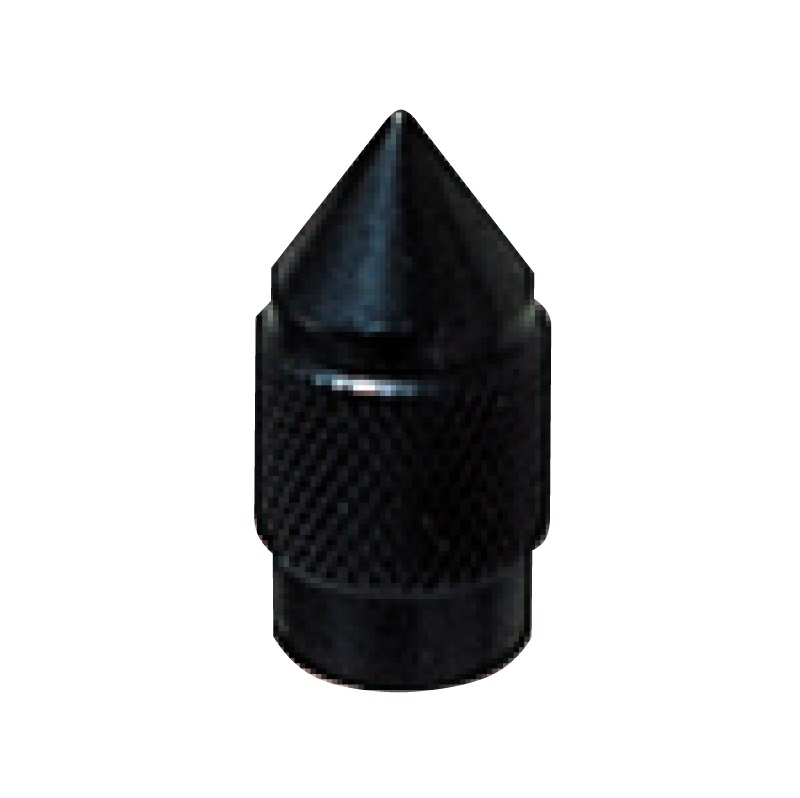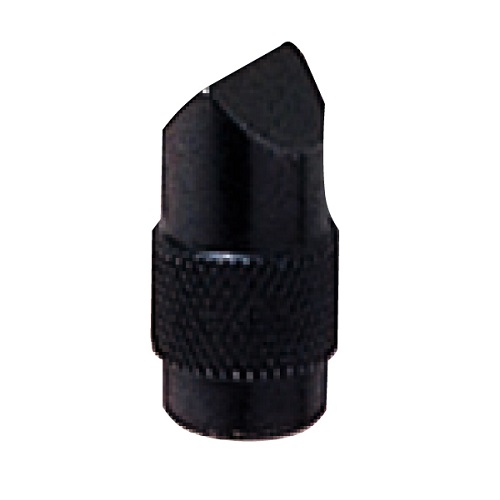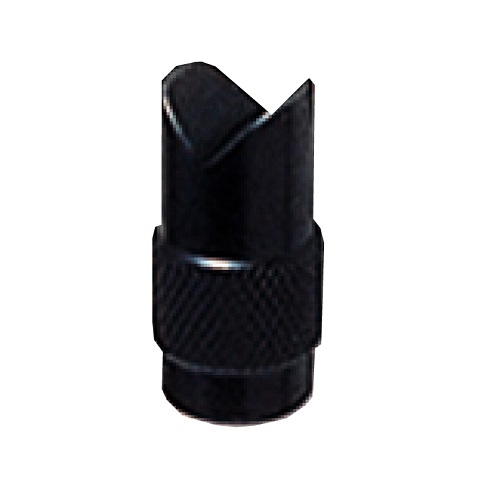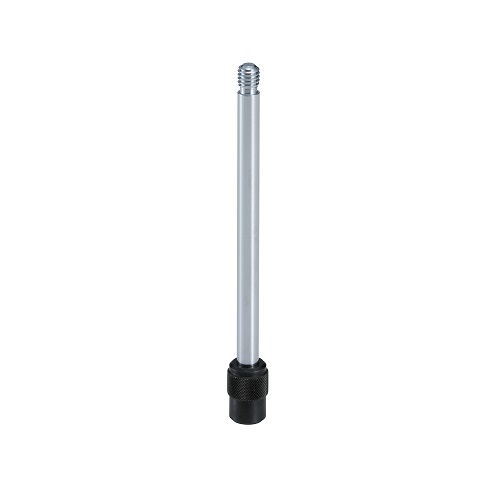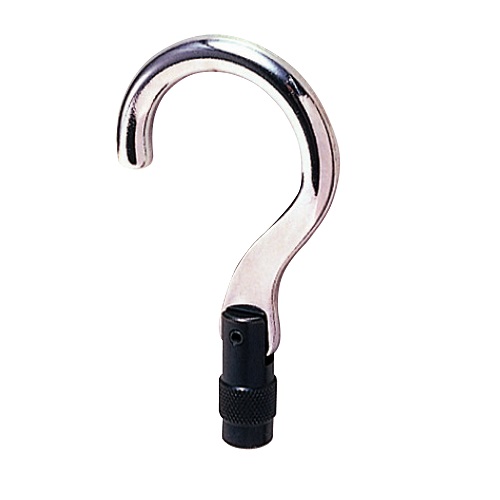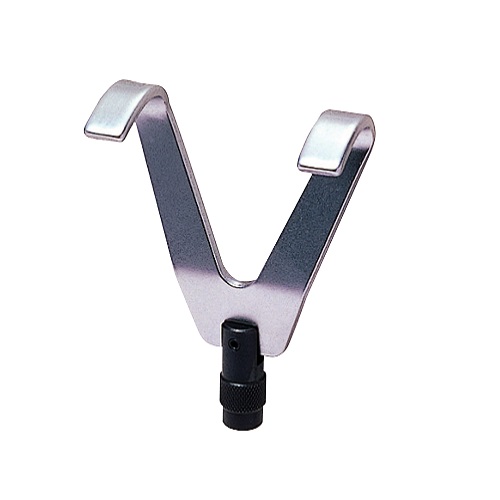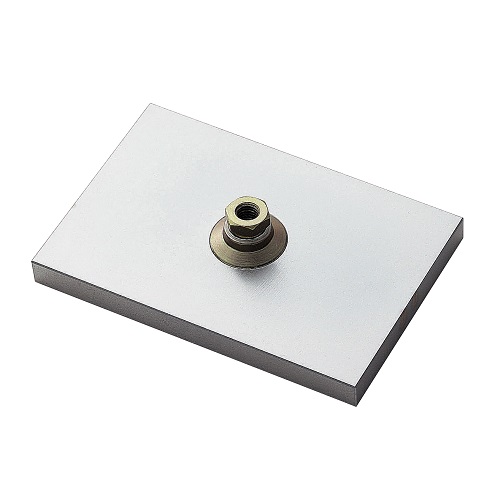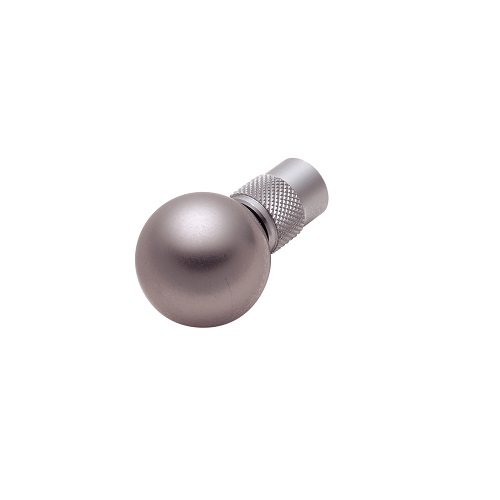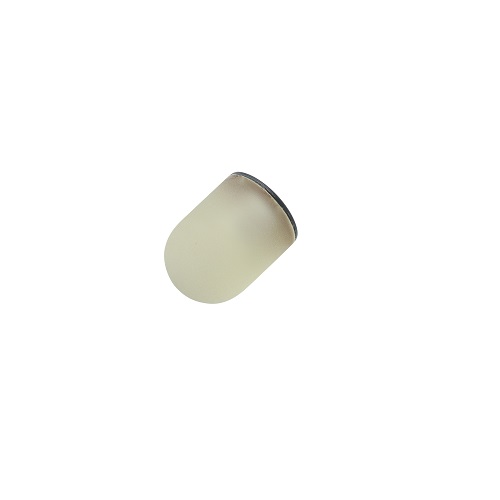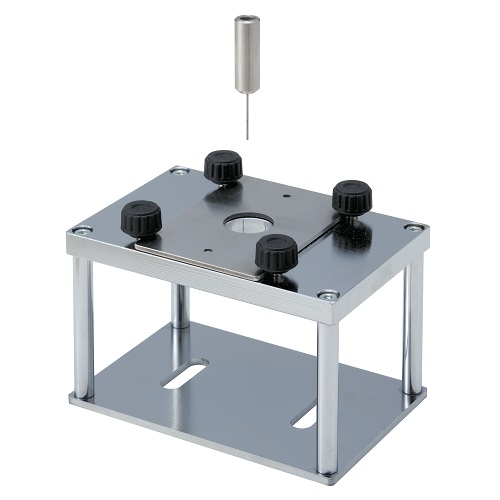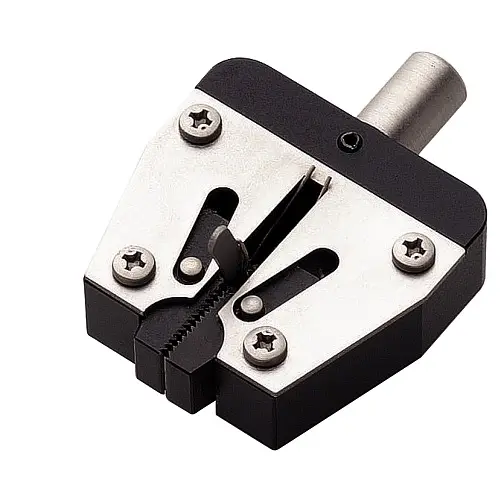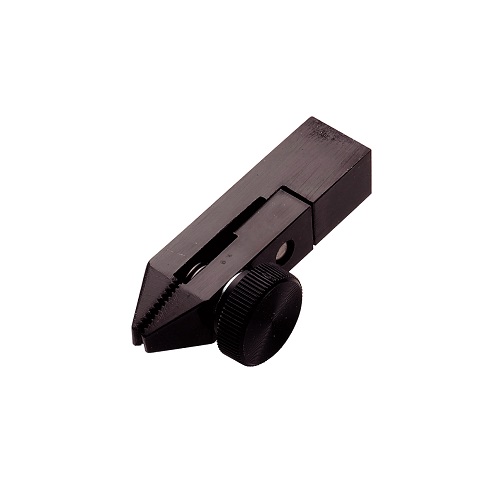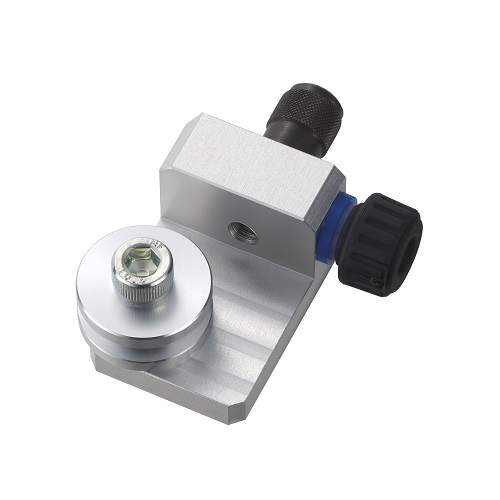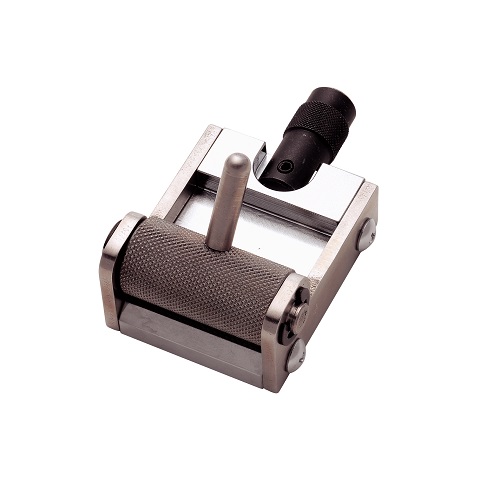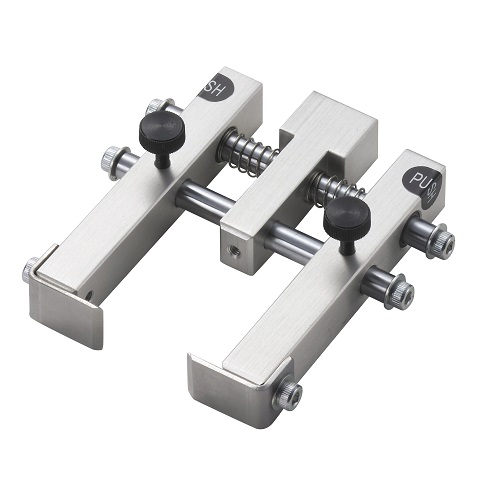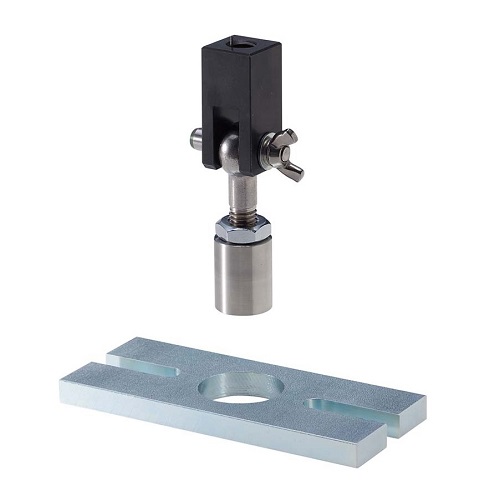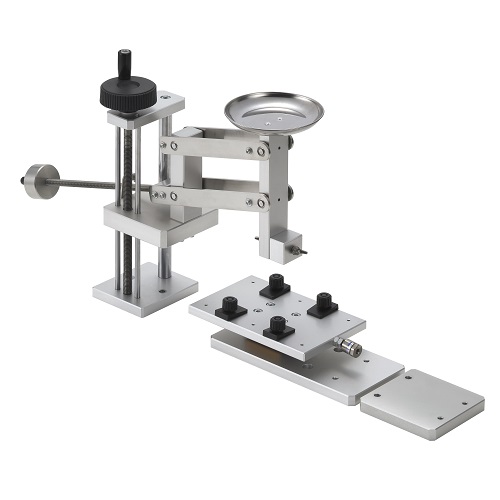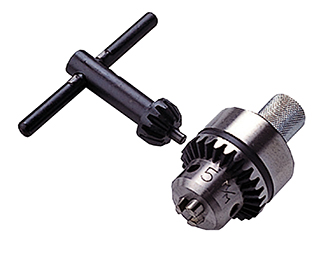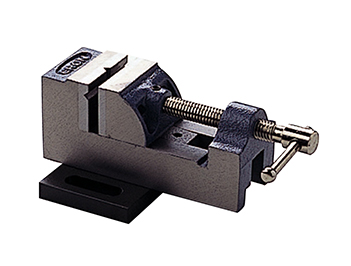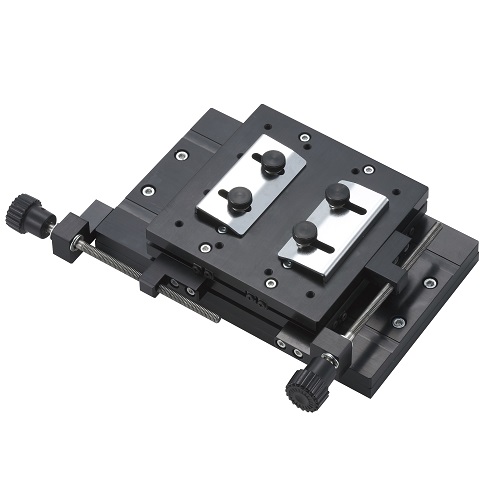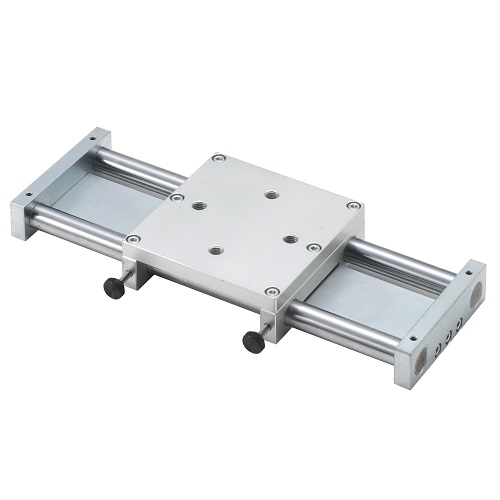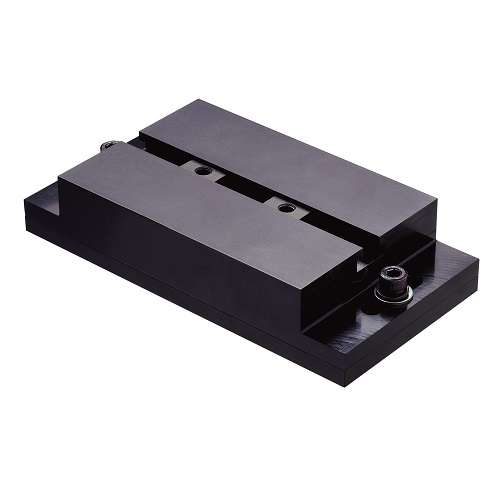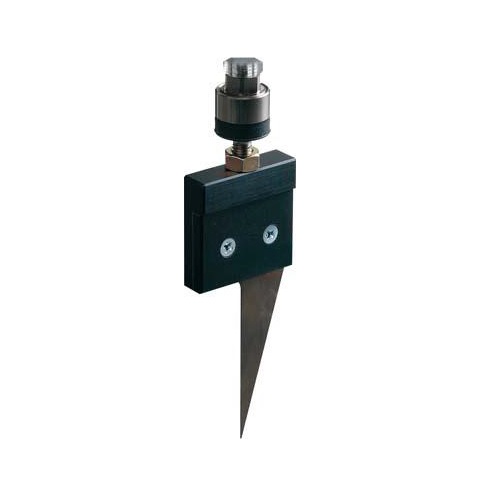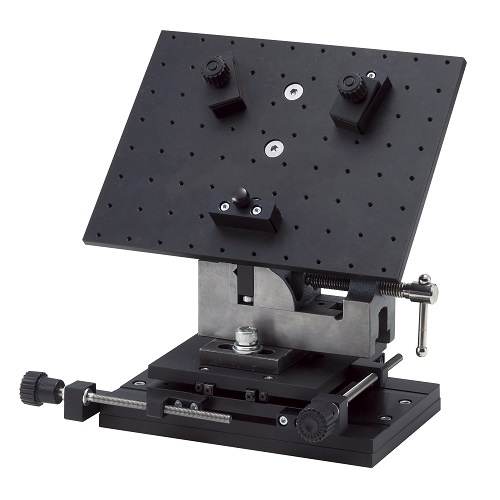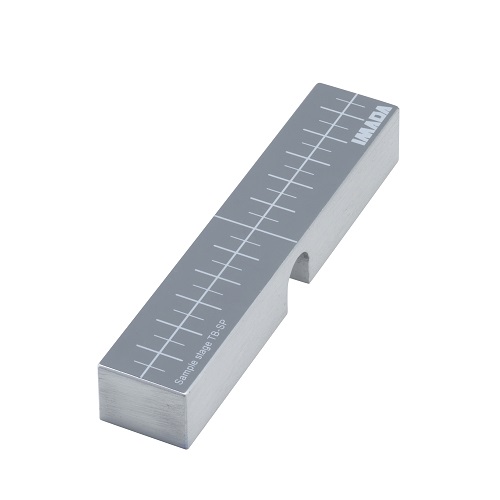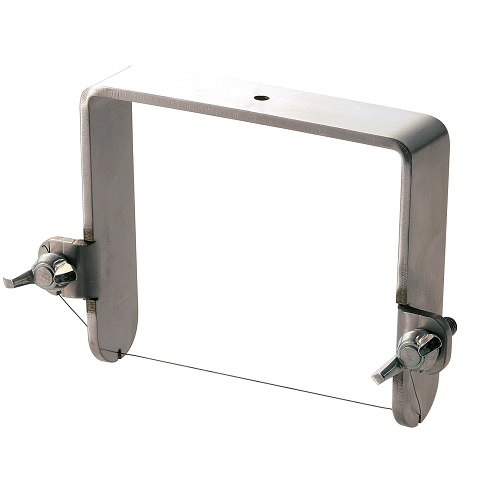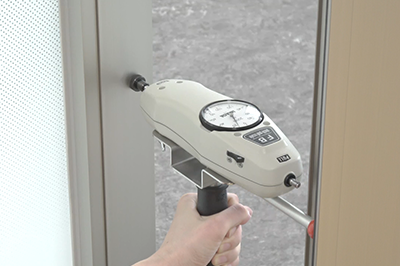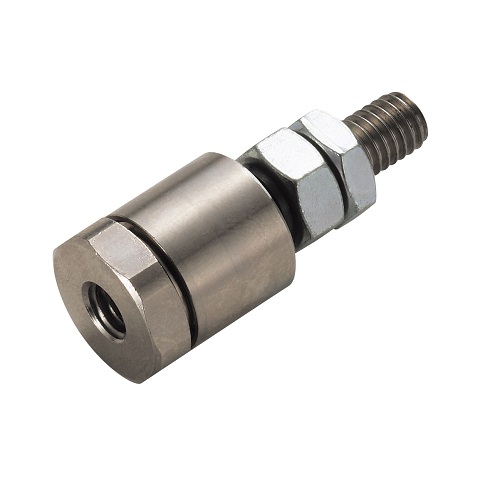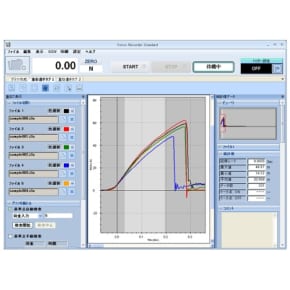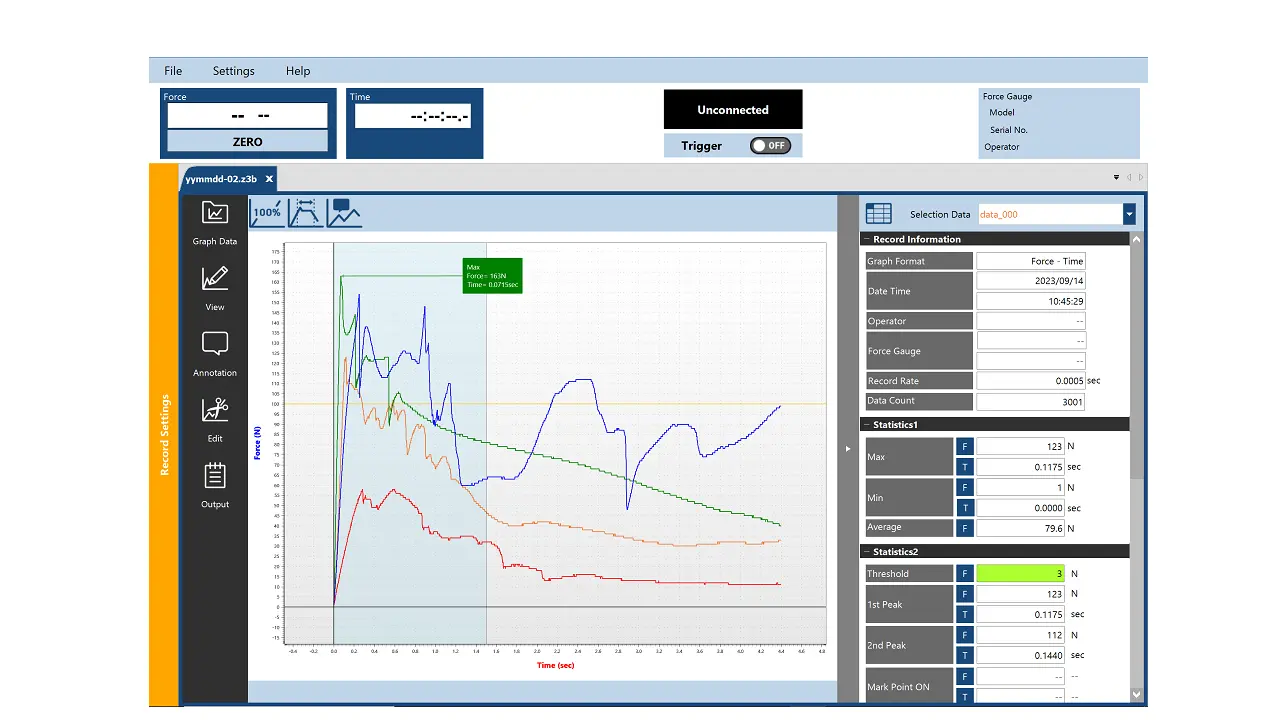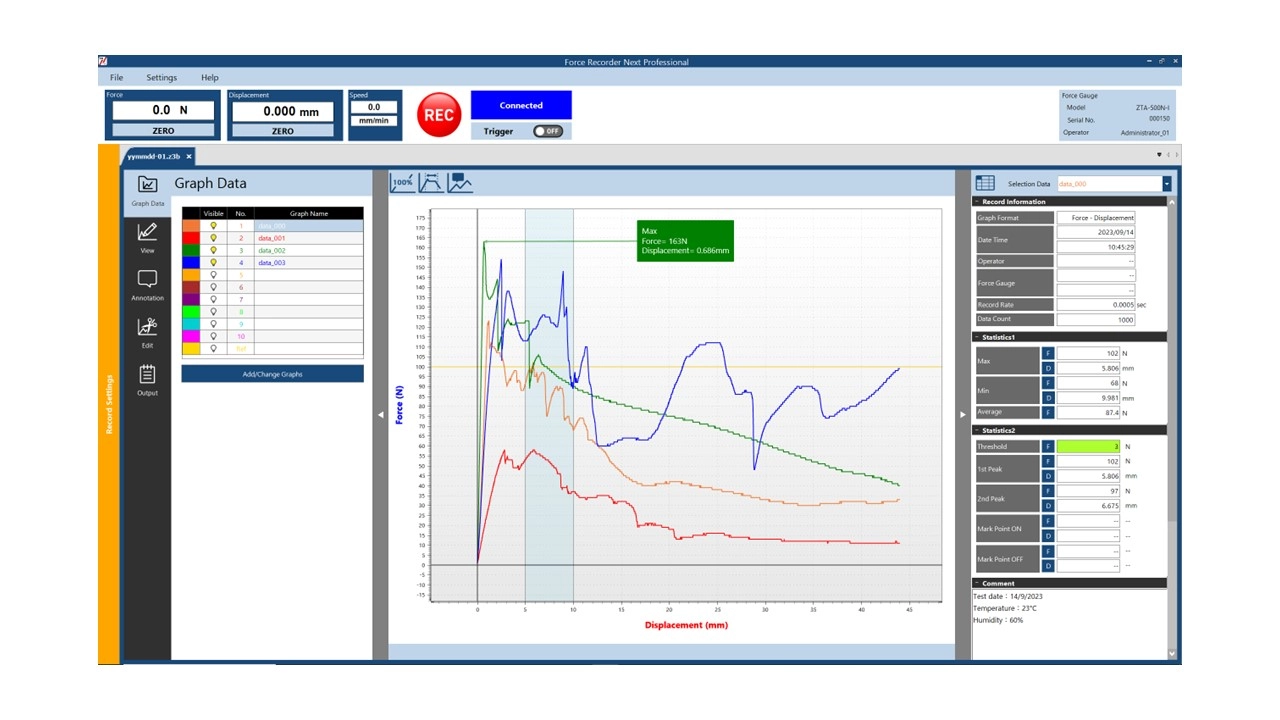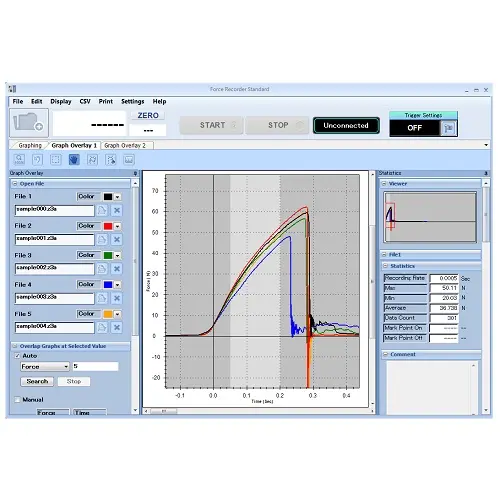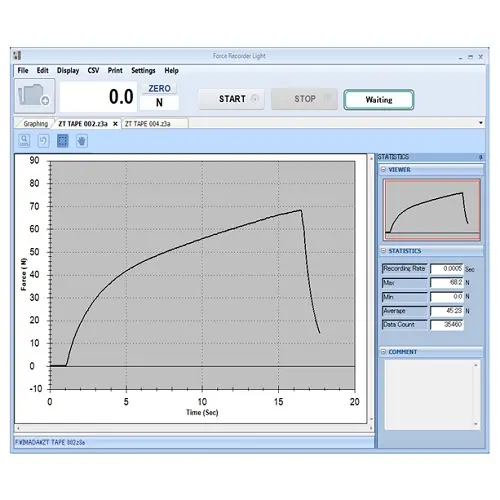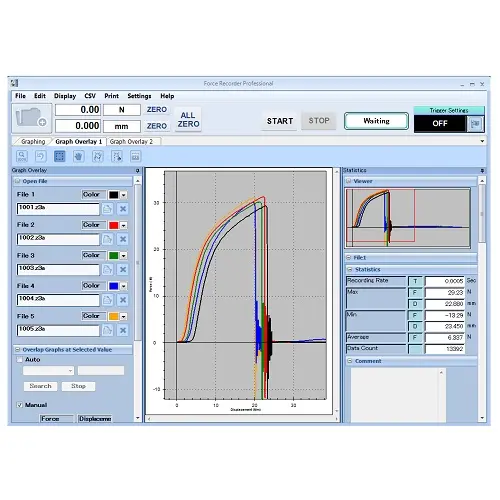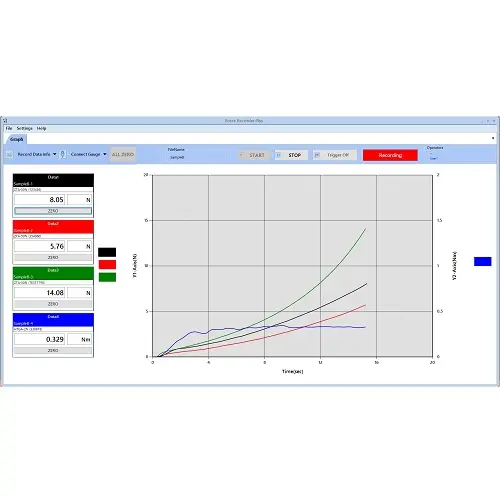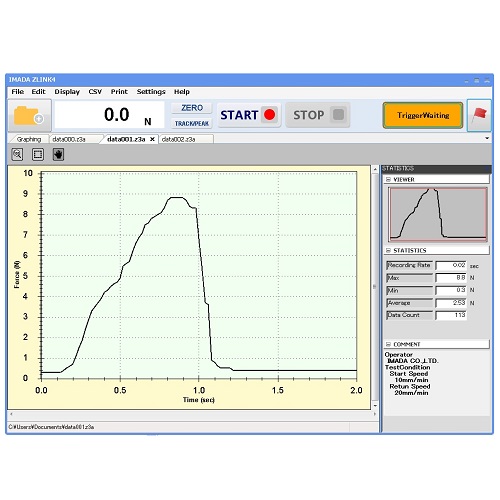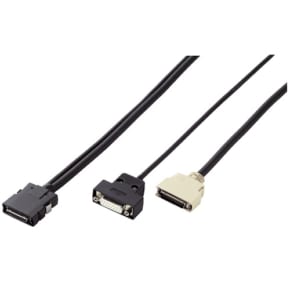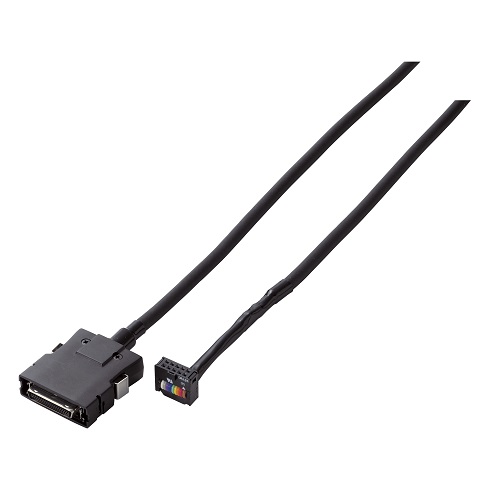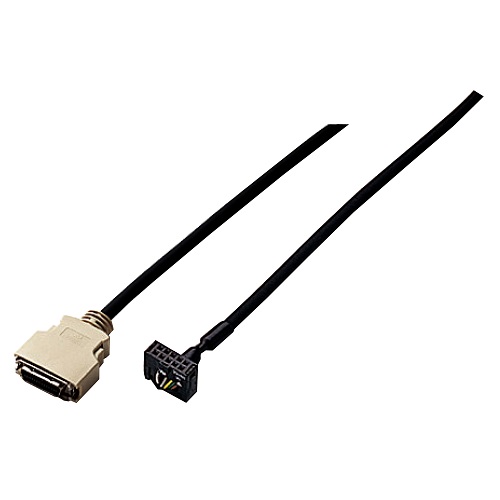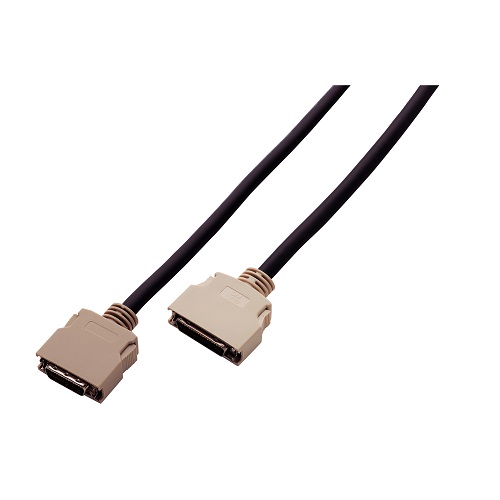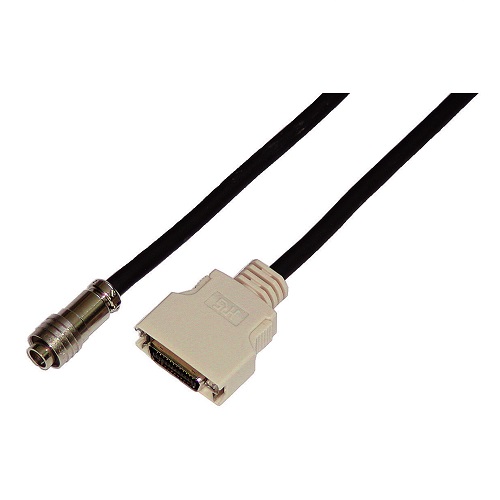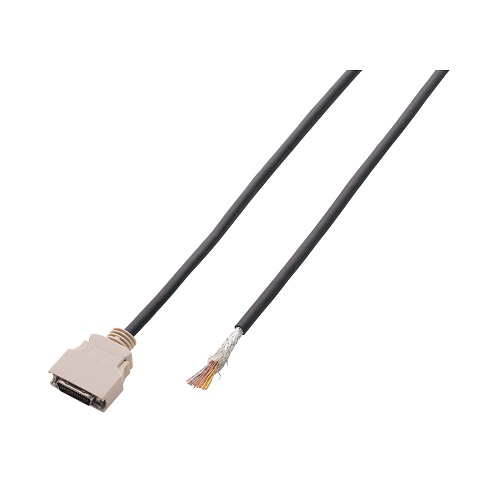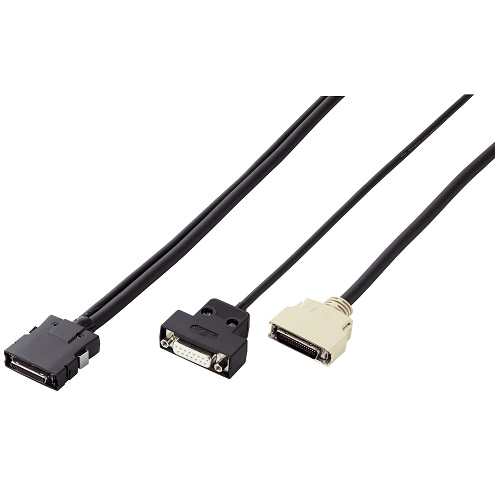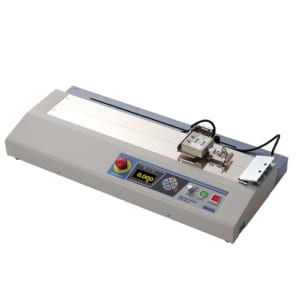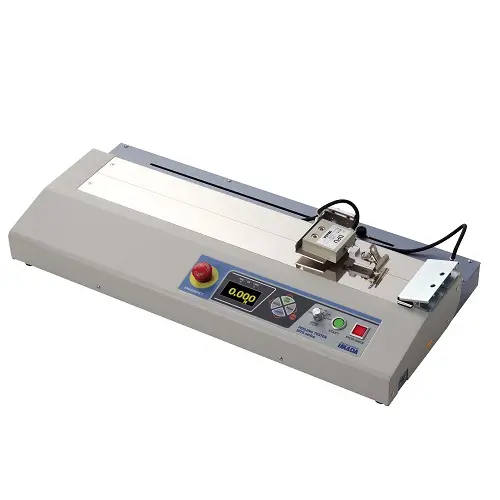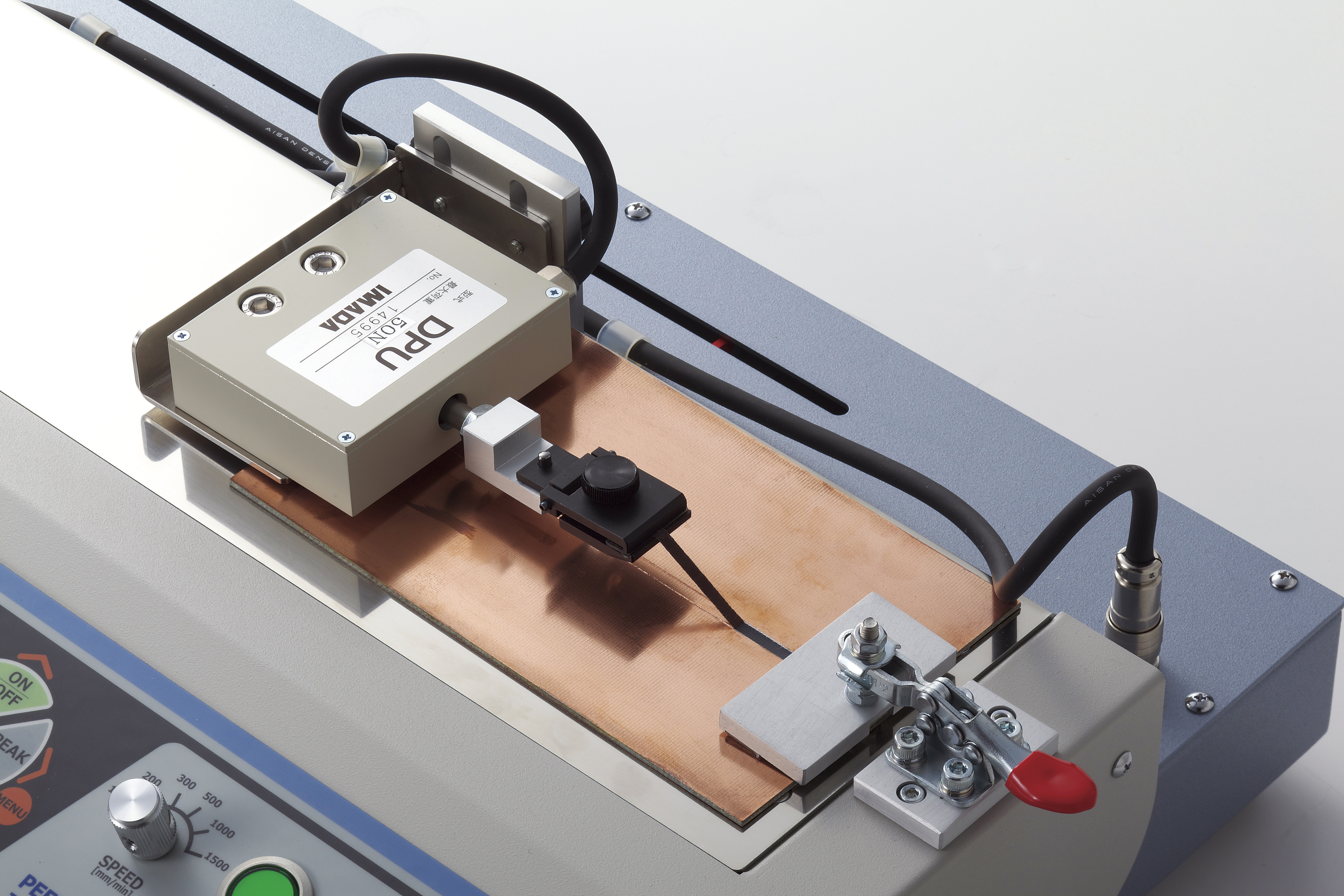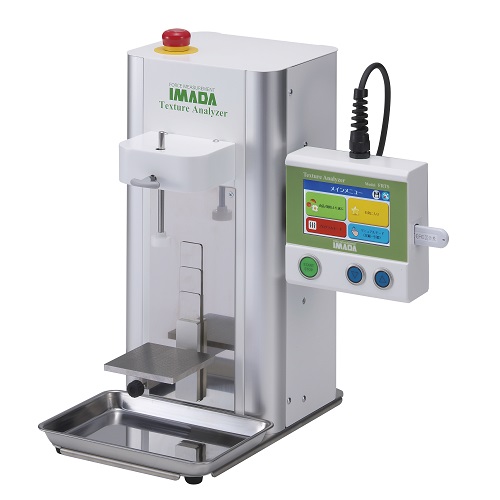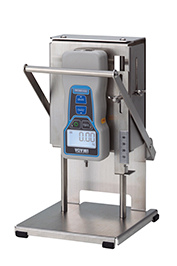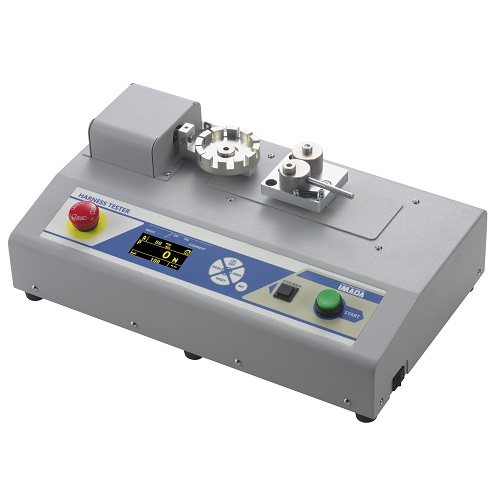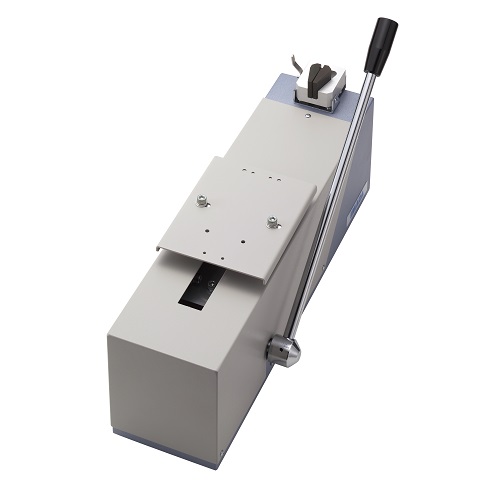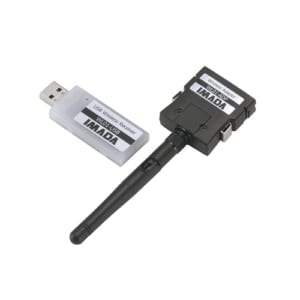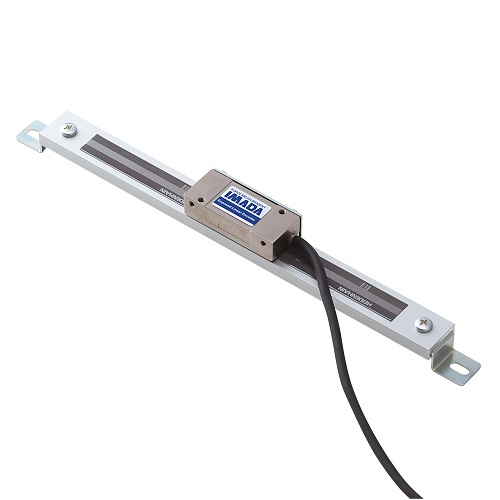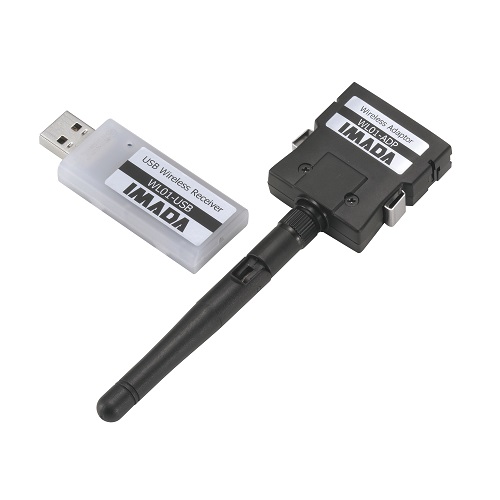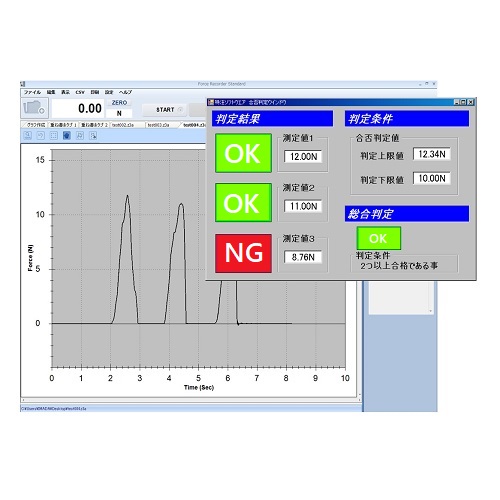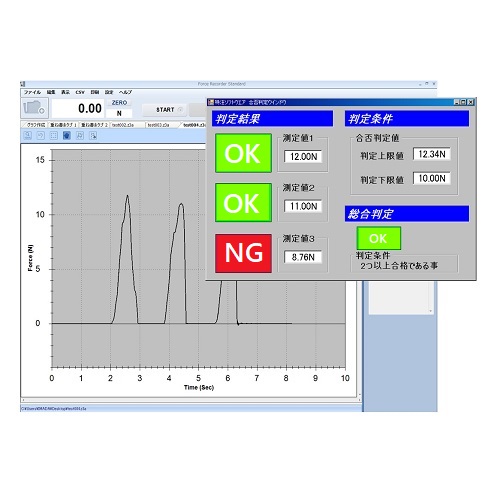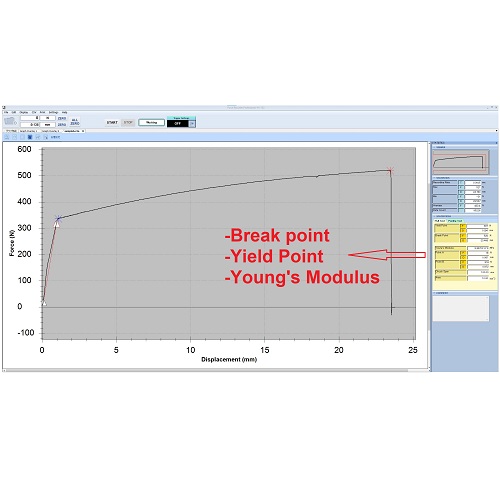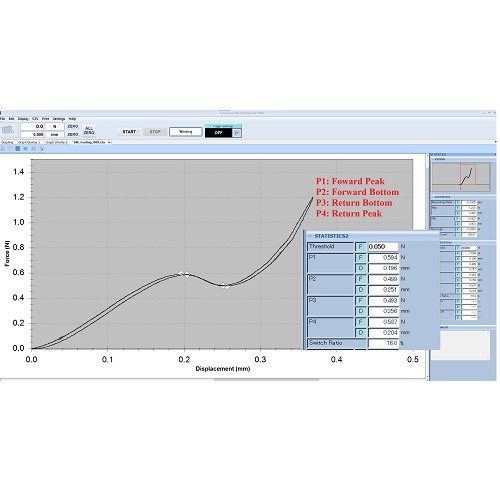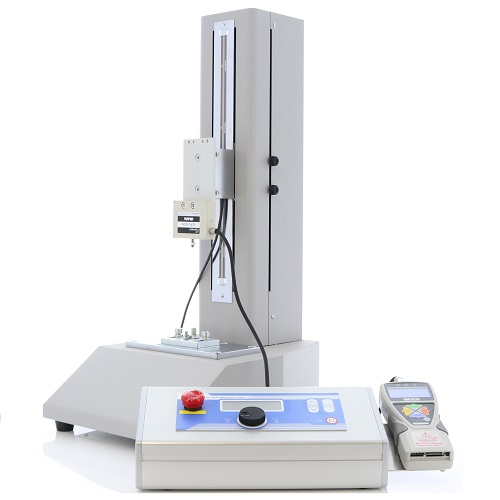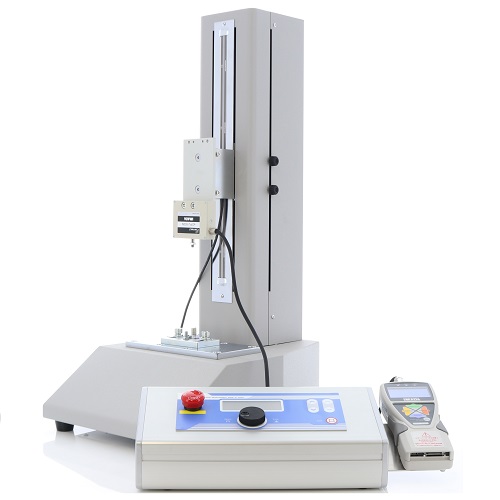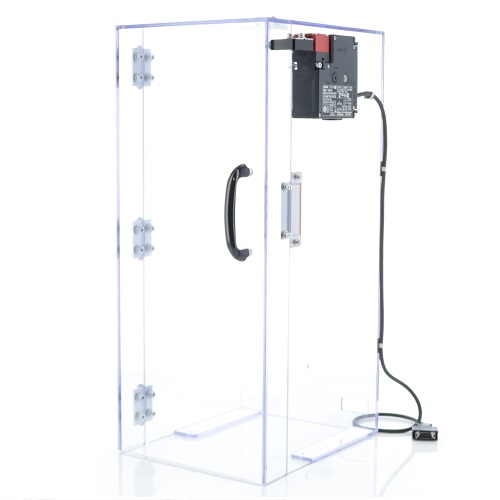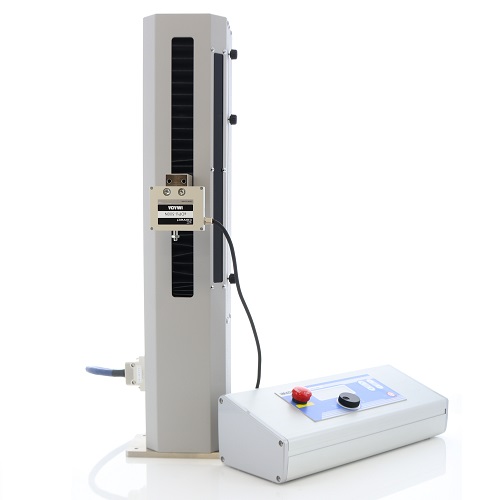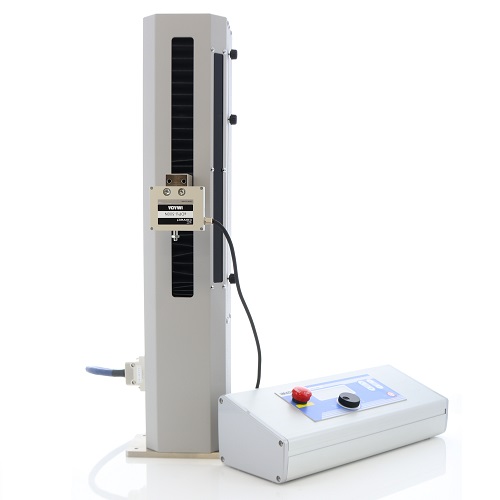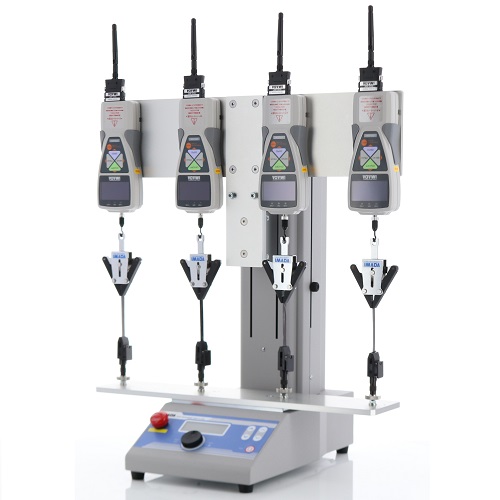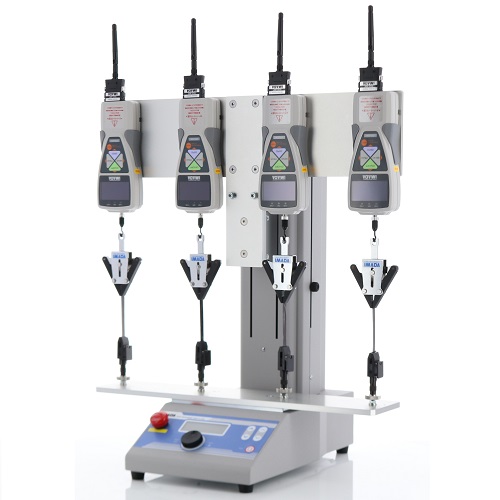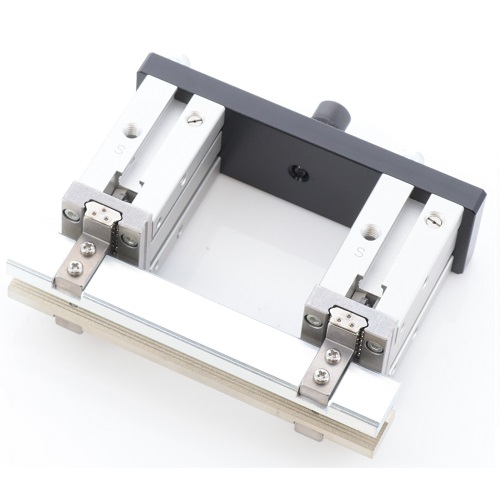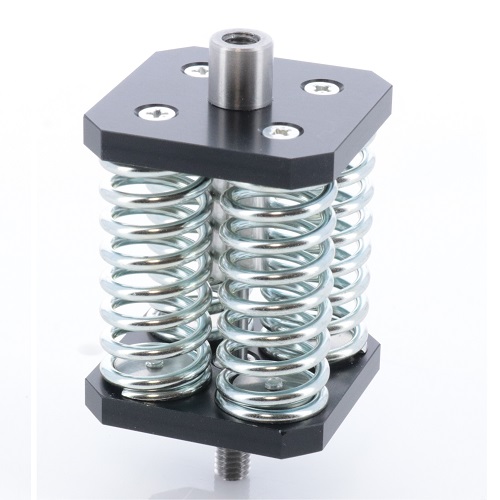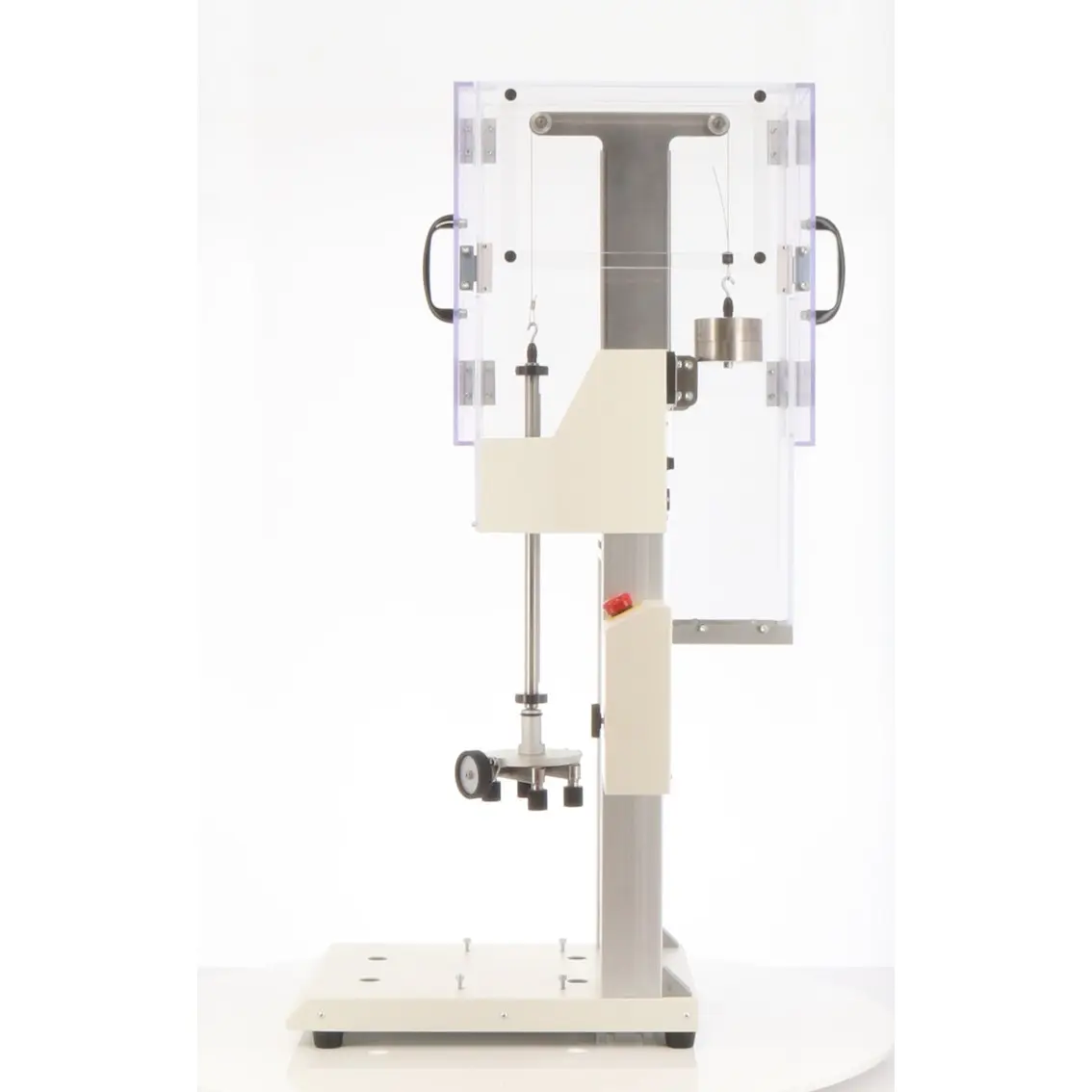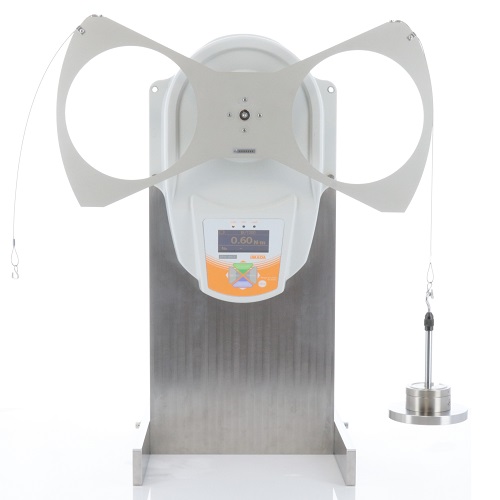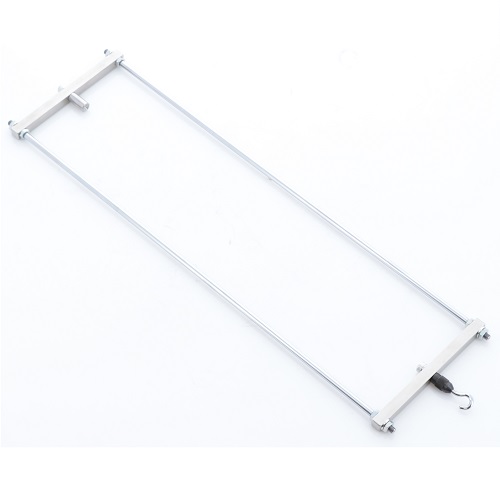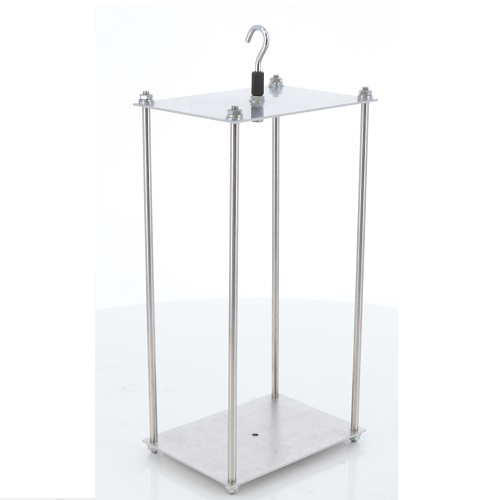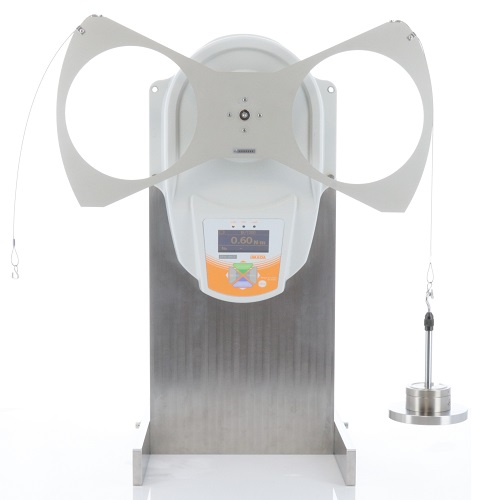Product Search
Solution Search
Searchable by product name, product model or standard.
*To search by solution, switch to “solution search.”
i.e., Load Cells, ZTA-50N, 7864 (for ISO 7864)
Searchable by you force type, industry, standard or product sample.
*To search by product, switch to “product search.”
i.e., Compression, 7864 (for ISO 7864)
SEARCH

Attachment, Grip & Fixture Overview
Attachments, Grips & Fixtures
- Accessory Attachments
- Compression Attachments
- Tension Attachments
- Peel Test Fixture
- Friction Attachments
- Compression and Tension Attachments
- Vise Grips and Tables
- Wire Crimp Pull Test Attachment
- Chip Components Tension/Shear Test Attachment
- Medical Attachments
- Pinching Force Test Attachment
- Torque Attachments
- Food Texture Tester Attachments
- Optional Handles, Conversion Adapters & Other Accessories
- Force Measurement IMADA
- PRODUCTS
- Attachment, Grip & Fixture Overview
Attachment Overview
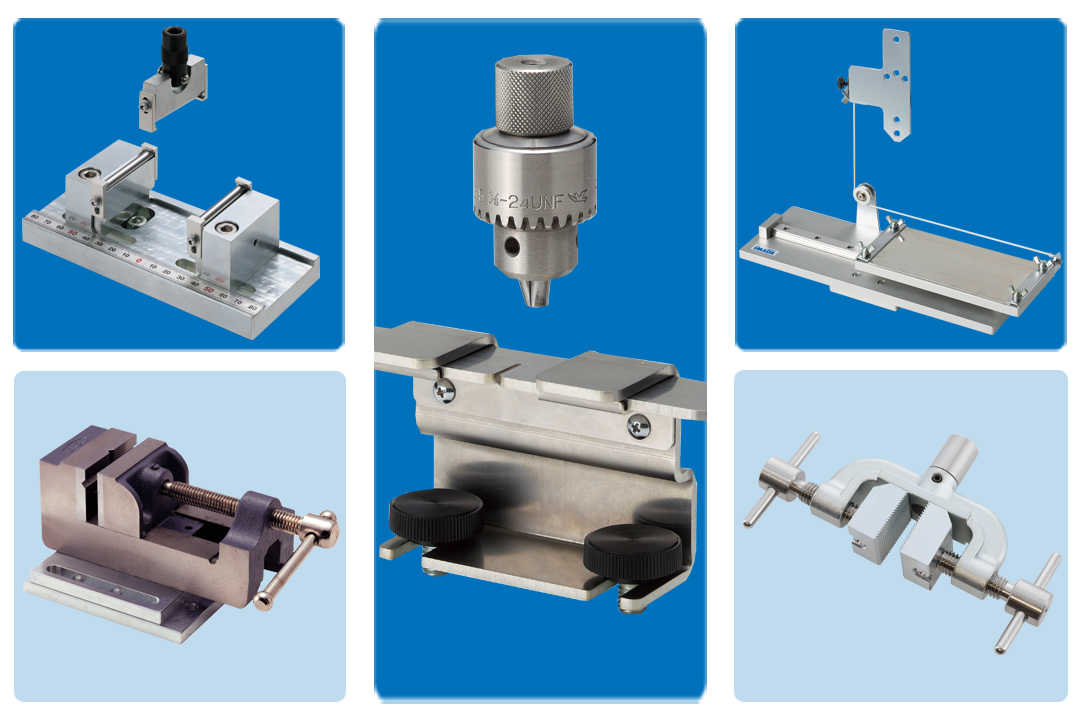
An attachment is a jig that is attached to a test stand or a test stand of a force gauge. Since it is the part of the attachment that actually contacts the sample to be measured, the attachment is a very important element in force measurement.
A force gauge can be used to measure compression force by attaching an attachment for compression test, and can measure tension force by replacing it with an attachment for tension test. In other words, a force gauge can read a force value, but the type of force to be measured is determined by the attachment, not the force gauge.
Even for a single compression test, there are various types of compression tests, such as a pressure test in which a force is applied to the entire test sample, or a puncture test in which a force is applied locally.
In order for a force gauge to properly measure your desired force, you need an attachment that is suitable for the purpose. It would not be an exaggeration that "the right attachment" is the most important factor in force measurement. Therefore, IMADA has continued to develop attachments to meet the measurement needs of our customers, and the number of types of attachments has been continuously increasing. We have reached the point where we offer over 230 types attachments as regular items.
Together with custom-made attachments, we manufacturer more than 300 types of attachments annually. The possibilities for force measurement is infinite, and the world of attachments is endlessly wide and deep, although it may seem small and inconsiderable.
Click here to see the complete lineup of attachments.
List of all attachments>
How Best to Select Attachment

There are four points to consider when selecting attachments.
1)Type of force. Force types are broadly divided into compression, tension, peel, and friction. Be distinctive about the type of force you want to measure.
2)Shape and material of the sample. For example, even if the type of force is determined to be a tension, the attachment for gripping the sample will inevitably differ between a long, thin sample such as wire and a thin, flat sample such as film. Furthermore, even with the same wire shape, the optimal gripping method differs depending on whether the sample is elastic or not, how smooth (slippery) the surface is, and how easy it is to cut.
3)Priority in measurement. Even if the shape and material of the sample to be measured are the same, the selection will vary depending on what is important in the measurement, such as a one-touch fixation type when the top priority is measurement efficiency, or a screw fixation type when the degree of fixation needs to be adjusted manually depending on the sample.
4)Force value. Each attachment has a maximum allowable force value. We recommend an attachment with a slightly higher allowable force value than the force value expected to be required for the measurement. Also, since the weight of the attachment itself is recognized as a force by the force gauge, it is important that the weight of the attachment should be within 10% of the maximum allowable force value of the force gauge.
If you are still uncertain about the test type, or the force value, contact us for sample measurement services or online meeting for free.
Tips for more skillful use of Attachments

Attachments should not be underestimated. For example, the GCF series of chuck jigs allows you to easily replace the claw by yourself, and a variety of optional claws are available. If you have a spare claw, you can replace it immediately in case the claw wears out. If you have many samples to measure, having different claws available allows you to perform various measurements with a single attachment.
We offers accessories for attachments to improve the efficiency and quality of measurements. An adapter that makes it easy to attach and detach an attachment to a force gauge, a table for attachments that makes it easy to center a test sample, and other attachments that help improve measurement efficiency are among a few examples. There are also adapters with free joints to adhere to the measurement sample and prevent unbalanced load, as a way to help improve repeatability.
Some attachments conform to JIS, ISO, and other industrial standards. Measuring in a way that conforms not only to in-house standards but also to the standards of independent organizations is complex, but it may provide you a competitive edge. When you consider industry standards-compliant measurements and discover the standard products cannot be applicable, rest assured because we offer custom-made attachments as well.
Regarding custom-made, it is possible not only to conform to standards, but also to change the size and specifications of standard products. Since semi-custom orders based on standard products can be less expensive, we prioritize the process of quasi-custom orders first.
It isn’t too much exaggeration to say that mastering the use of attachments means mastering force measurement.
Converter
Convenient Unit/Torque/
Tension conversion
6 Significant Digits (*Significant digits are meaningful digits that do not include zeros, which are used to indicate the scale.)
Products

HERE!
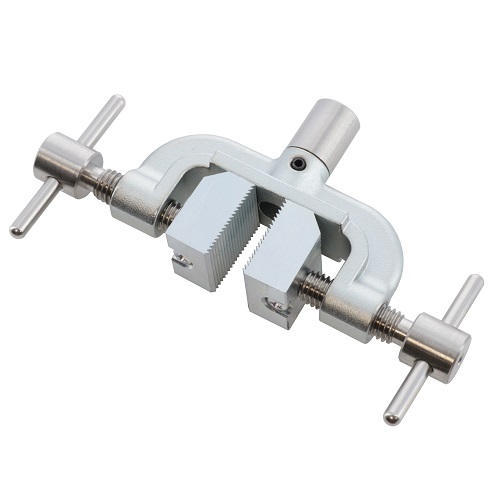 Attachments, Grips & Fixtures
Attachments, Grips & Fixtures
 Custom Made
Custom Made
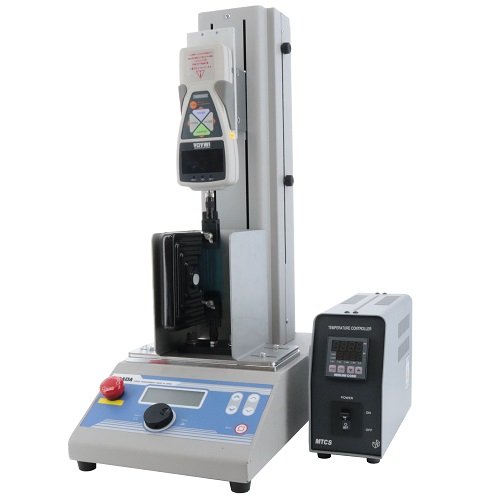 Measurements in Special Environment
Measurements in Special Environment
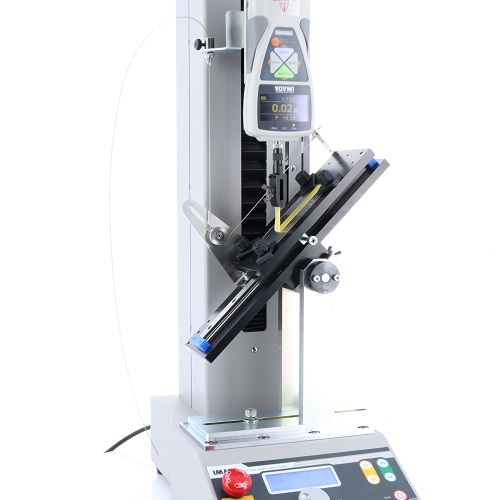 Temperature and Angle Adjustable Peel Tester
Temperature and Angle Adjustable Peel Tester
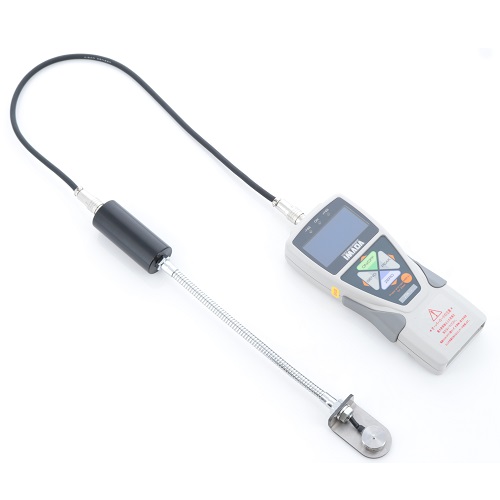 Spot Welding Pressure Gauge
Spot Welding Pressure Gauge
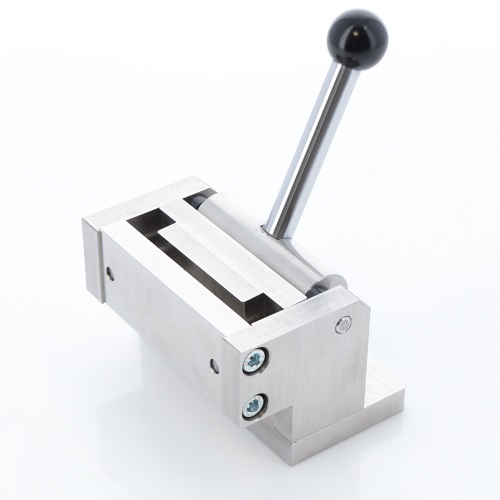 Attachment to Bend Sample 90 Degrees
Attachment to Bend Sample 90 Degrees
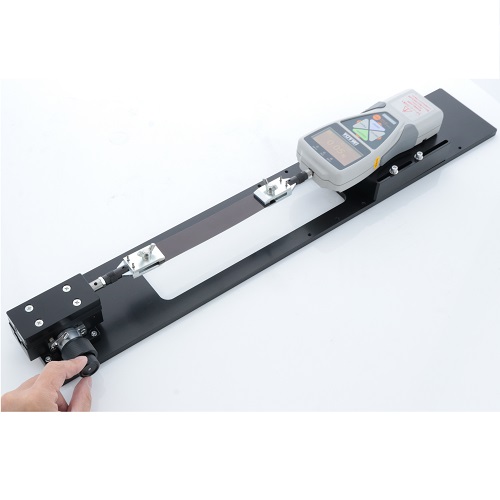 Horizontal Test Stand with Fine Adjustment Knob
Horizontal Test Stand with Fine Adjustment Knob
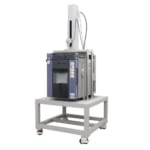 Tester With Thermostatic Chamber
Tester With Thermostatic Chamber
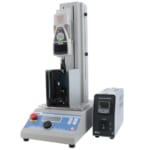 Tester With Far-infrared Heater
Tester With Far-infrared Heater
 Table for Compression Load Cell
Table for Compression Load Cell
 Test Stand for Testing at the Desired Position
Test Stand for Testing at the Desired Position
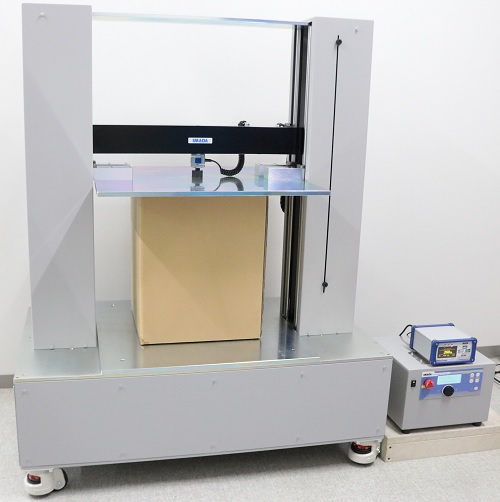 Particular Samples Measurements
Particular Samples Measurements
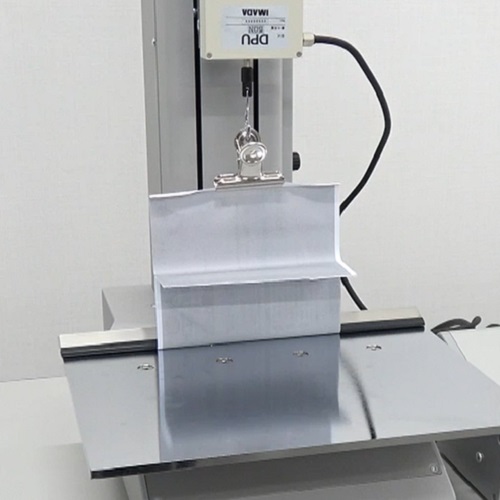 Peel Test Fixture for Crimped Postcard
Peel Test Fixture for Crimped Postcard
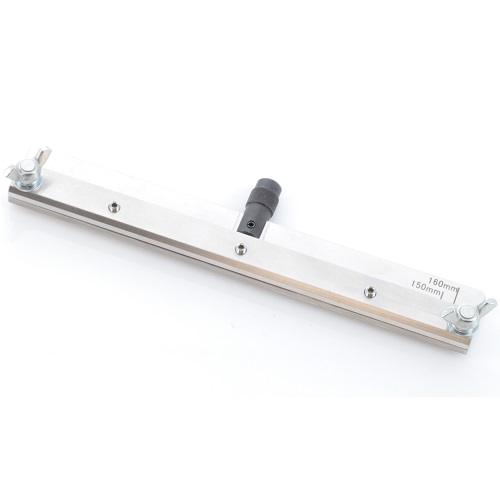 Attachment for Fixing Wide and Thin Materials
Attachment for Fixing Wide and Thin Materials
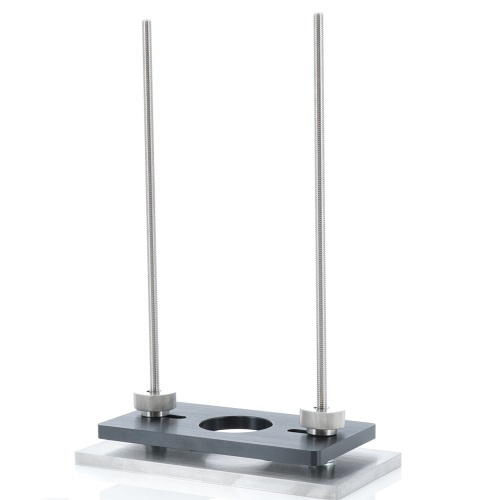 Attachment for Wine Cork Extraction Test
Attachment for Wine Cork Extraction Test
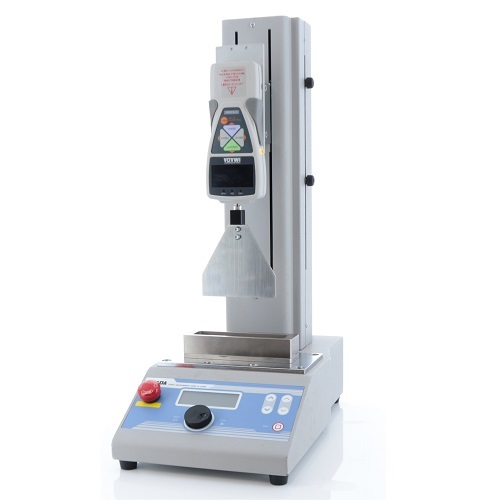 Attachments for 90 degree score bend test
Attachments for 90 degree score bend test
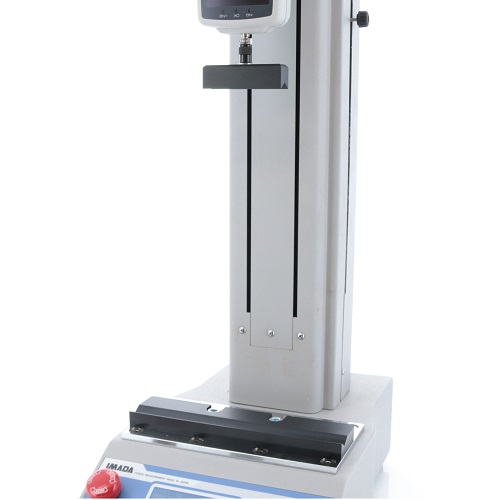 Attachments to measure forces to open flat pack carton
Attachments to measure forces to open flat pack carton
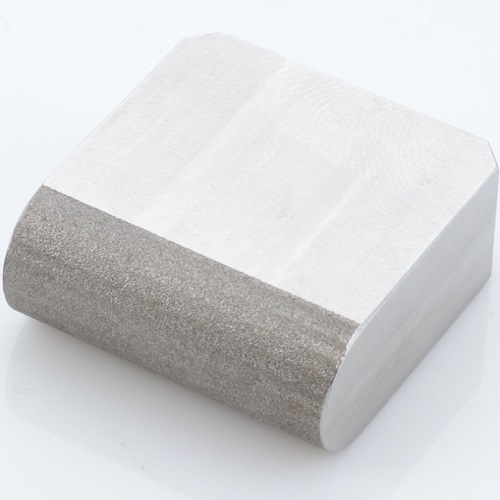 Attachments for break strength testing of lipsticks or lip balms
Attachments for break strength testing of lipsticks or lip balms
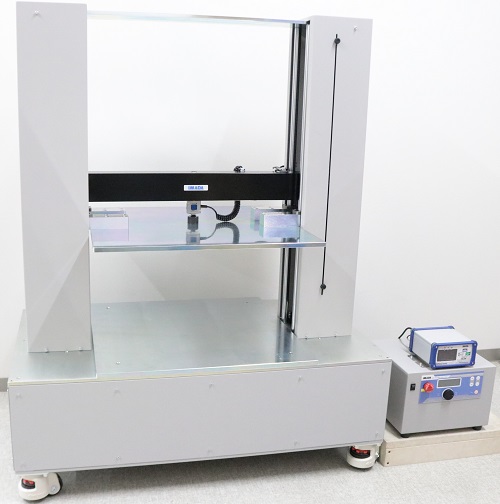 High capacity dual-column motorized test machine for compression test
High capacity dual-column motorized test machine for compression test
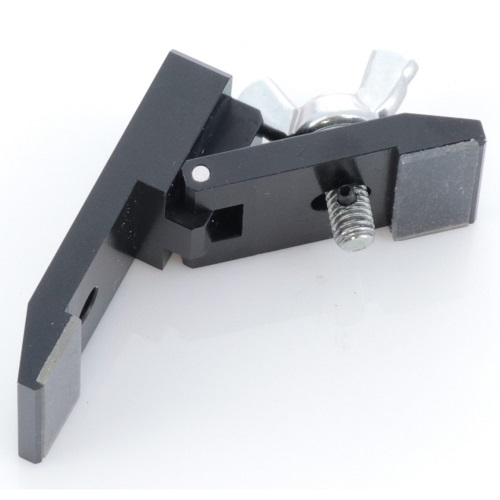 Film Grip with Openable Gripping Part
Film Grip with Openable Gripping Part
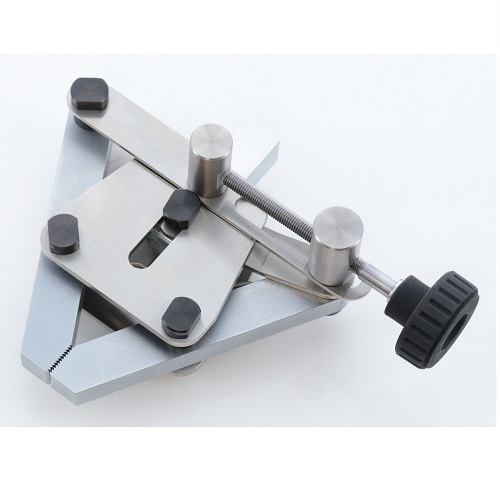 Pantograph Grip with Pressurization Mechanism
Pantograph Grip with Pressurization Mechanism
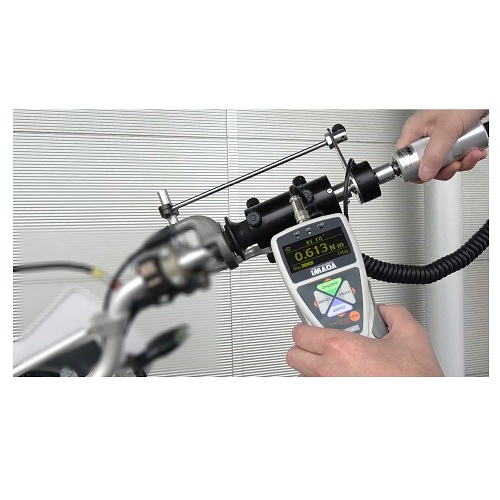 Motorcycle Accelerator Torque Test Fixture
Motorcycle Accelerator Torque Test Fixture
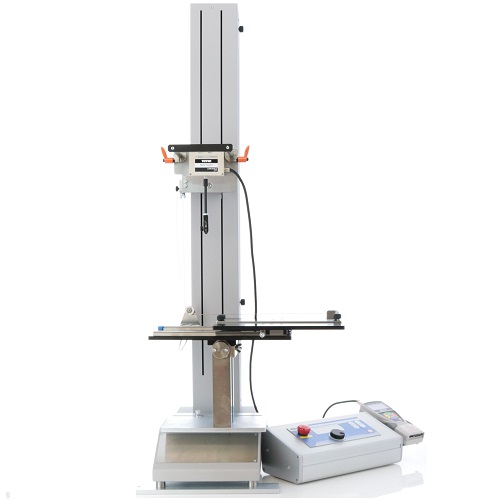 Peel Test Fixture for Solar Cell Ribbon
Peel Test Fixture for Solar Cell Ribbon
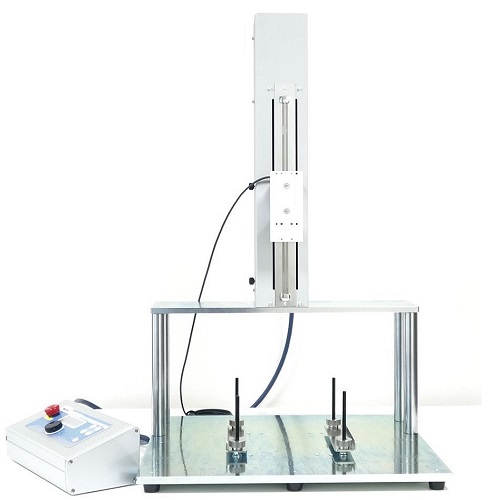 Test Stand With Large Table
Test Stand With Large Table
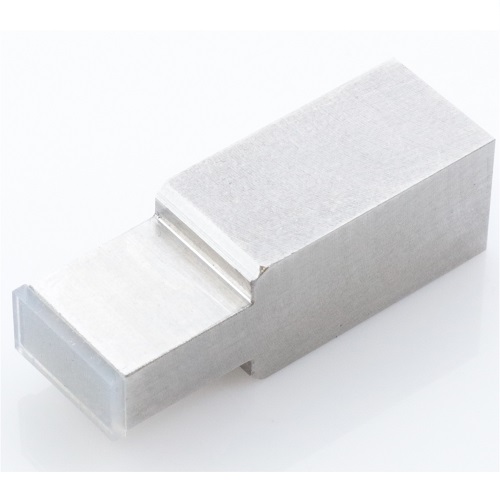 Compression Test Attachment for LCD Panel
Compression Test Attachment for LCD Panel
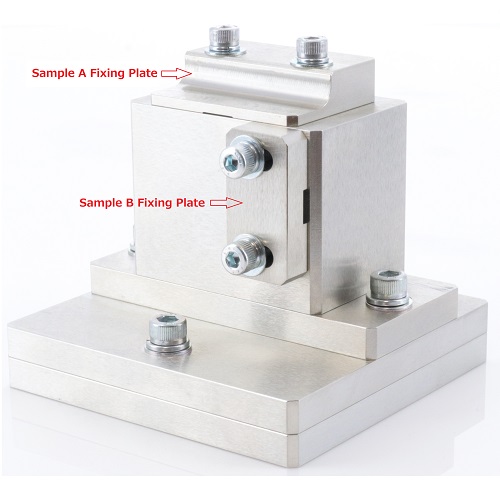 L-shaped Sample Fixture
L-shaped Sample Fixture
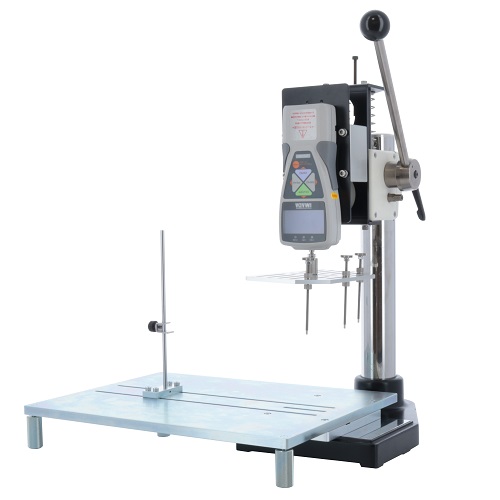 Attachment for Opening/Closing Force Test of Takeout Container Lid
Attachment for Opening/Closing Force Test of Takeout Container Lid
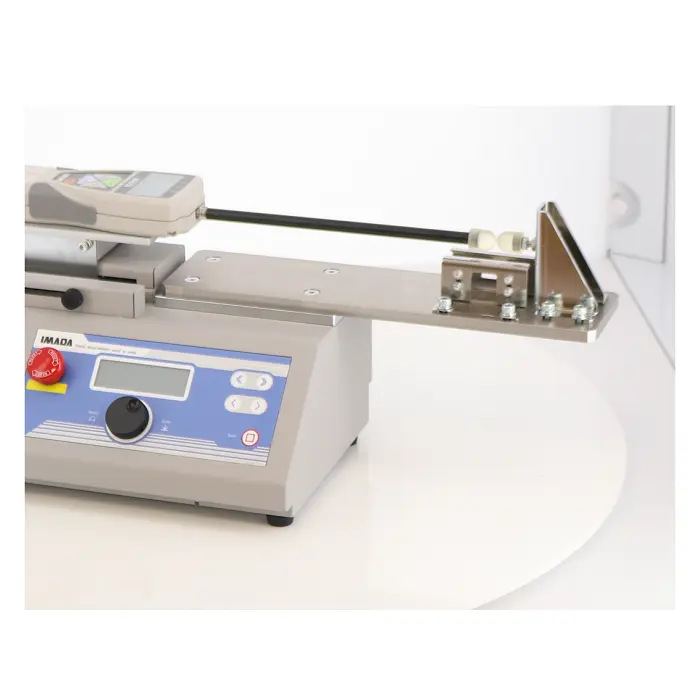 Attachment for Squeezing Force Test of Eye Drop Bottles
Attachment for Squeezing Force Test of Eye Drop Bottles
 Compression Test Attachment for Squeeze Tube
Compression Test Attachment for Squeeze Tube
 Attachment for Welded Nut Tension Test
Attachment for Welded Nut Tension Test
 Attachment for Tube Tension Strength Test
Attachment for Tube Tension Strength Test
 Attachment for Hard-to-Grip Samples
Attachment for Hard-to-Grip Samples
 Attachment for Compression Test of Nasal Spray
Attachment for Compression Test of Nasal Spray
 Individually Adjustable Torque Chuck Attachment
Individually Adjustable Torque Chuck Attachment
 Resistance Force Measurement jig for Hair Combing Test
Resistance Force Measurement jig for Hair Combing Test
 Attachment for Lateral Compression Test of Cup Containers
Attachment for Lateral Compression Test of Cup Containers
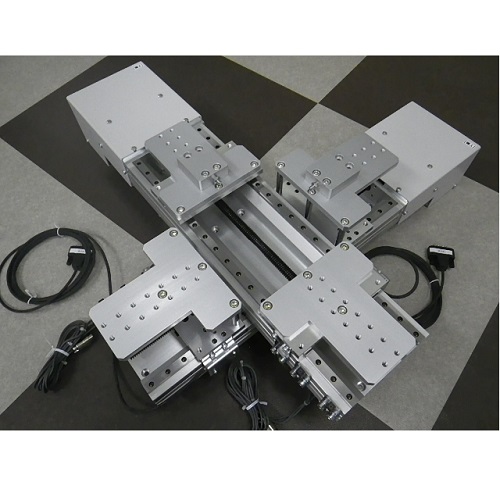 Biaxial Tension Tester
Biaxial Tension Tester
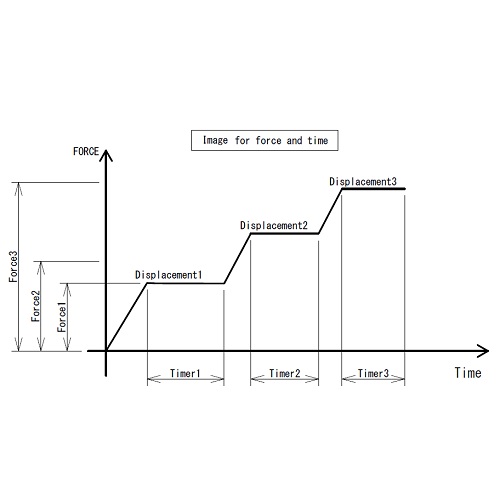 Resize & Modification
Resize & Modification
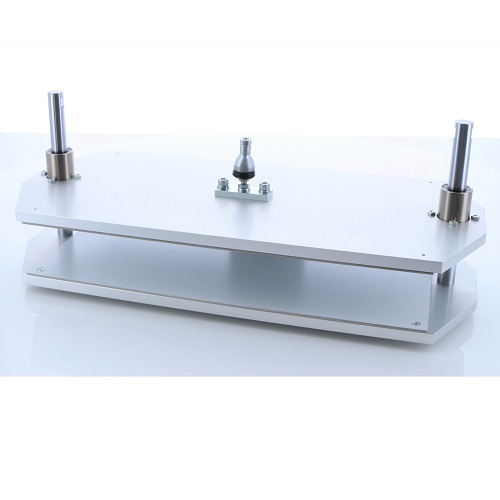 Press Test Fixture (Wide Size)
Press Test Fixture (Wide Size)
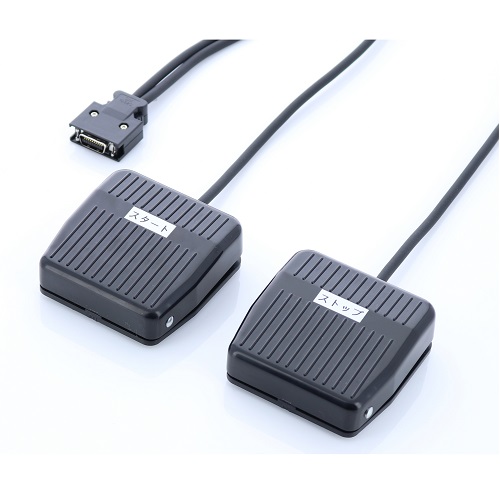 Remote Control Switch for Motorized Test Stand
Remote Control Switch for Motorized Test Stand
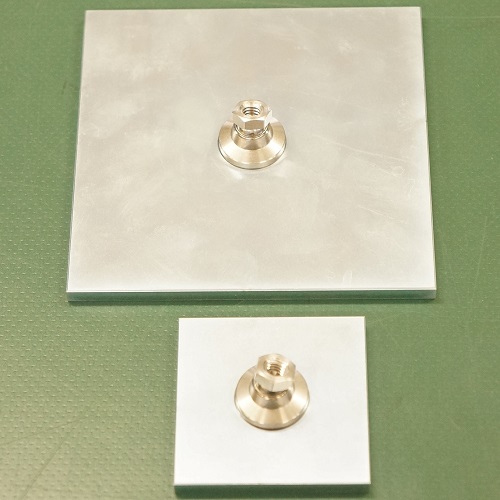 Semi-Customized Compression Attachments
Semi-Customized Compression Attachments
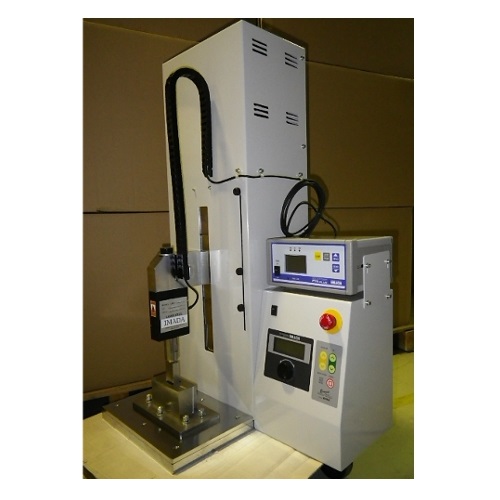 Large Size of Compression Tester
Large Size of Compression Tester
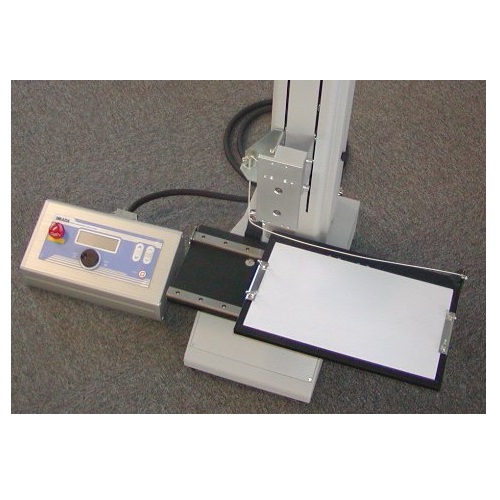 Large Size of 90 Degree Peel Tester
Large Size of 90 Degree Peel Tester
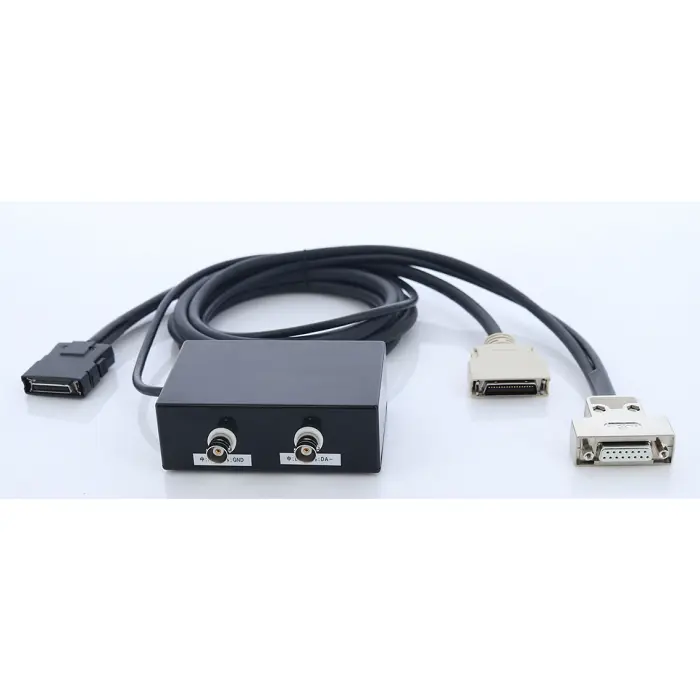 Force Control Cable with Signal Output Box
Force Control Cable with Signal Output Box
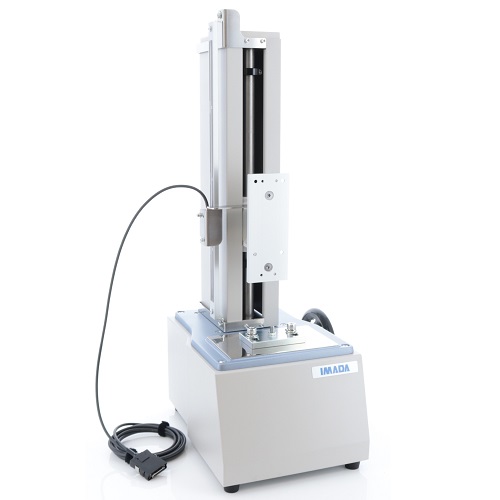 Manual Test Stand with Displacement Output Option
Manual Test Stand with Displacement Output Option
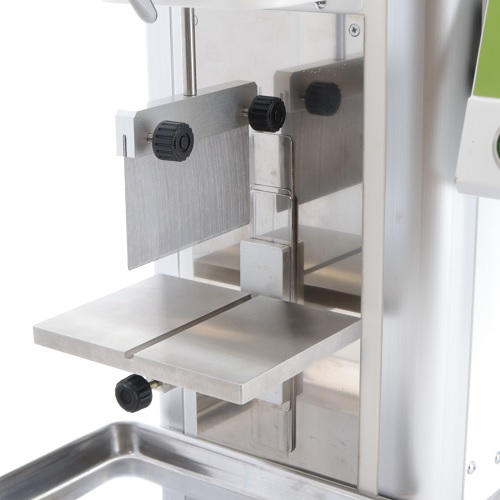 Cutting Base Plate with groove and knife edge probe
Cutting Base Plate with groove and knife edge probe
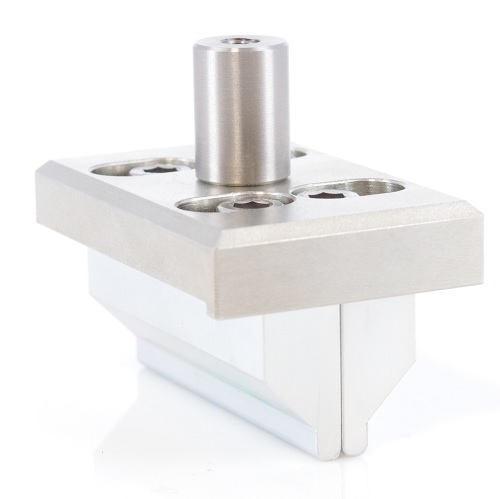 Upper attachment for 4-point bending test
Upper attachment for 4-point bending test
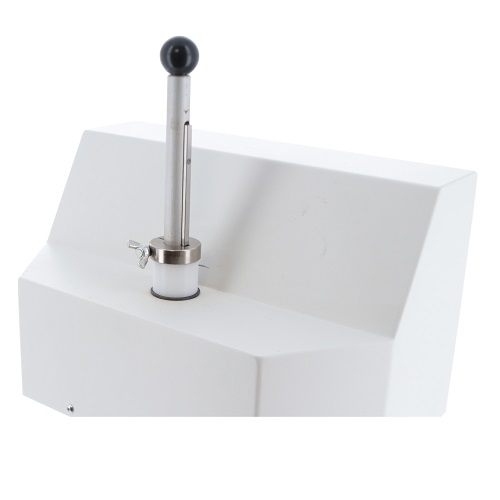 Main shaft stopper with a butterfly screw for MTS series
Main shaft stopper with a butterfly screw for MTS series
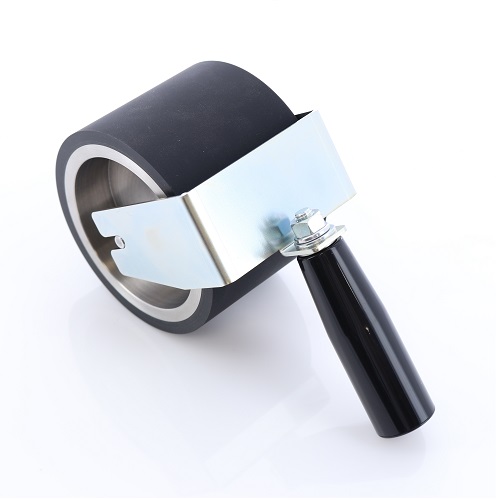 Wide Rubber Roller for Peel Test
Wide Rubber Roller for Peel Test
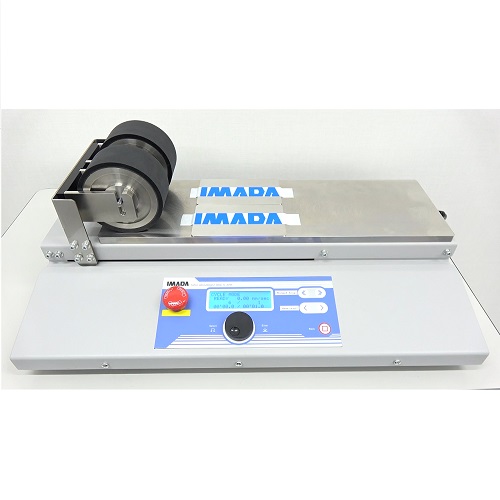 Motorized Rubber Roller for Peel Test
Motorized Rubber Roller for Peel Test
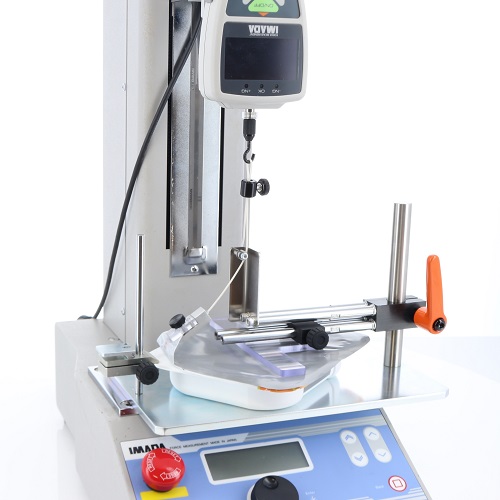 Peel Fixture for Packaged Cooked Rice Lid
Peel Fixture for Packaged Cooked Rice Lid
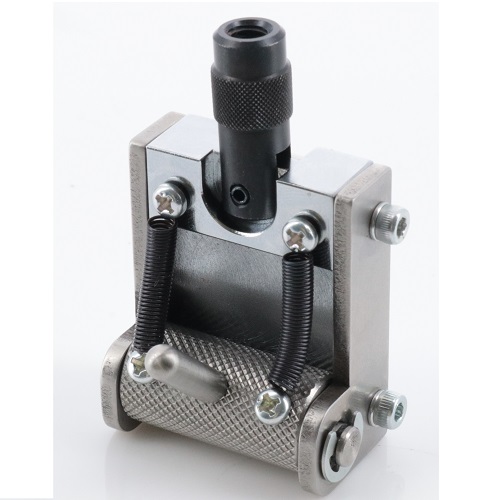 Cam grip with spring
Cam grip with spring
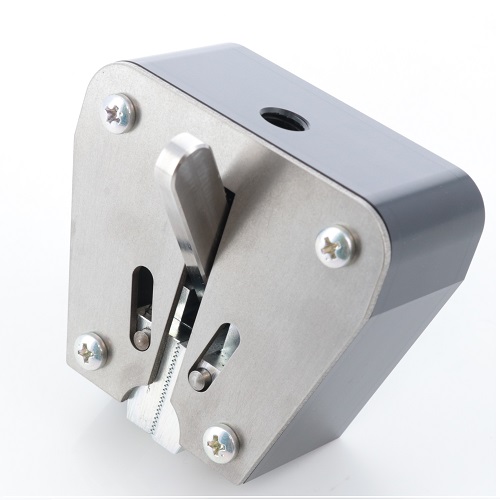 Wedge Grip Without Adaptor
Wedge Grip Without Adaptor
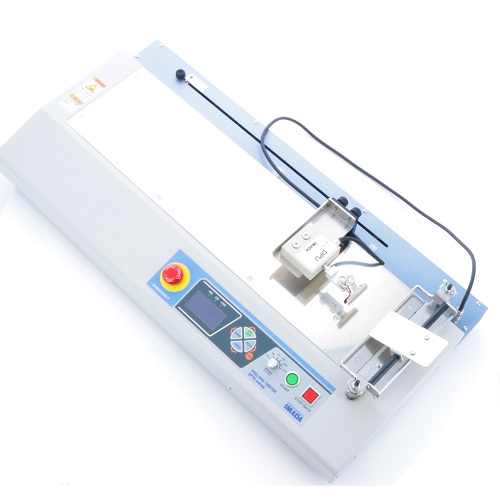 Customized Peeling Tester
Customized Peeling Tester
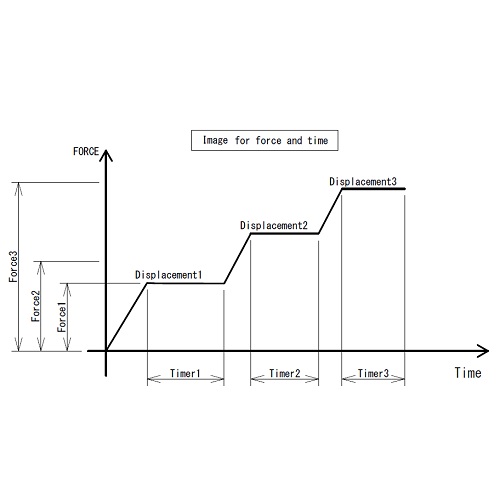 Test Stand with 3-stage Force/Displacement setting/holding function
Test Stand with 3-stage Force/Displacement setting/holding function
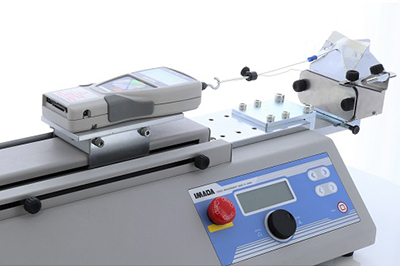 Standards-Compliant Measurement
Standards-Compliant Measurement
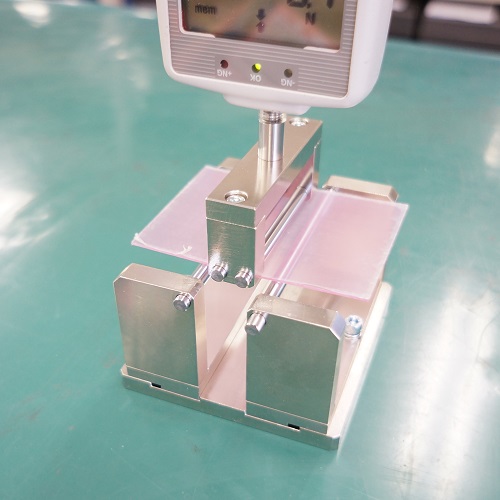 ISO 14704: 2000 Fine Ceramics 4-Point Bend Tester
ISO 14704: 2000 Fine Ceramics 4-Point Bend Tester
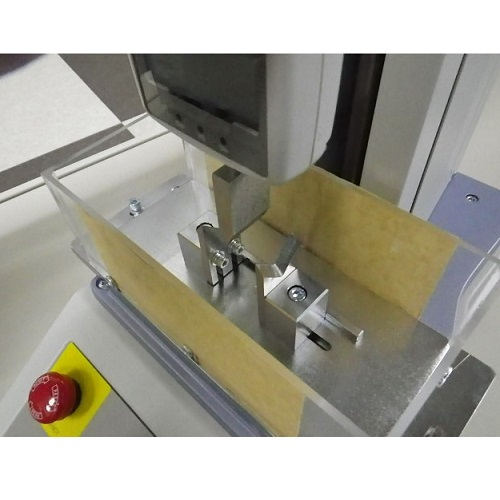 Ampoule 3-Point Bend Tester
Ampoule 3-Point Bend Tester
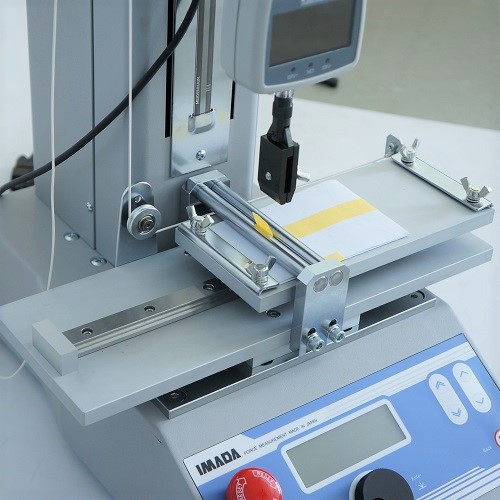 ISO/IEC 10373-1: 2006 Peel Tester of Identification Card
ISO/IEC 10373-1: 2006 Peel Tester of Identification Card
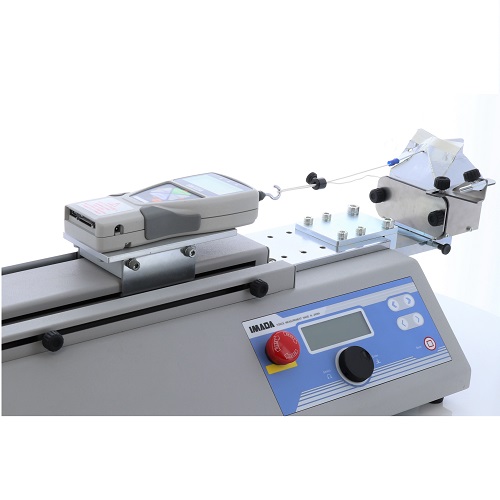 ISO 17480: 2015 Peel Tester for Gable-Top Package
ISO 17480: 2015 Peel Tester for Gable-Top Package
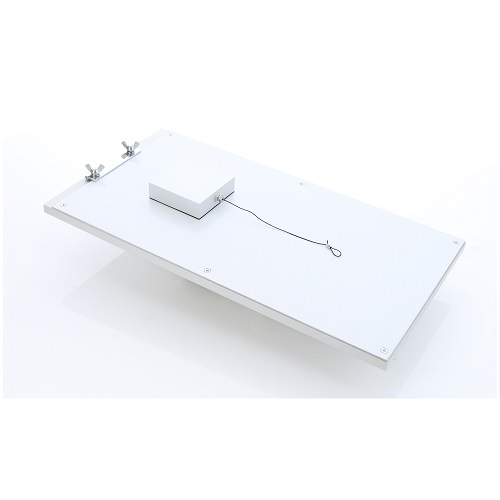 ASTM D1894: 2014 Coefficient of Friction (COF) Tester
ASTM D1894: 2014 Coefficient of Friction (COF) Tester
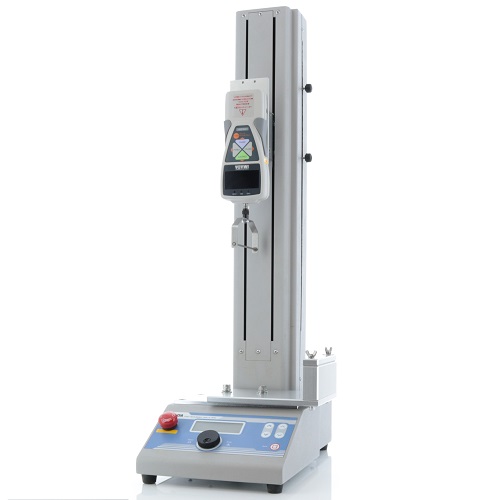 Attachments for score bend test
Attachments for score bend test
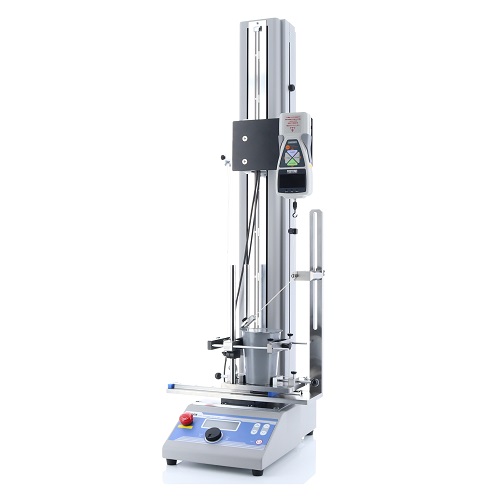 ISO 17480: 2015 45 Degree Complete Peel Test Fixture for Container Lid
ISO 17480: 2015 45 Degree Complete Peel Test Fixture for Container Lid
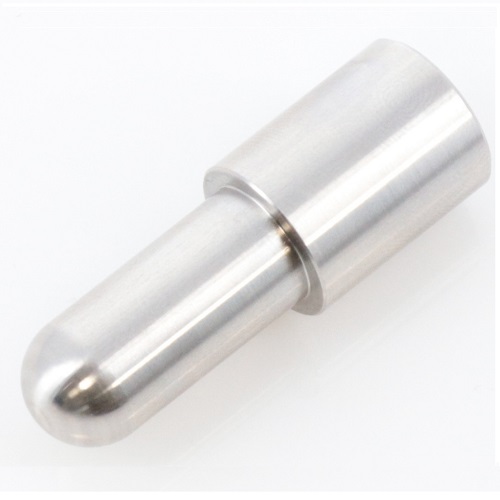 IEC 61010-1 (2010) Spherical Jig for Compression Testing
IEC 61010-1 (2010) Spherical Jig for Compression Testing







